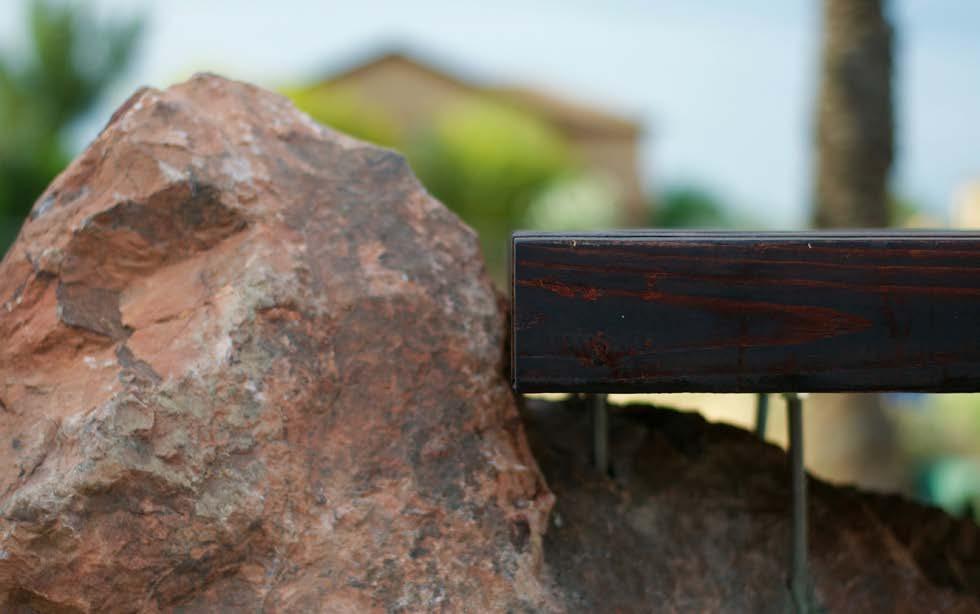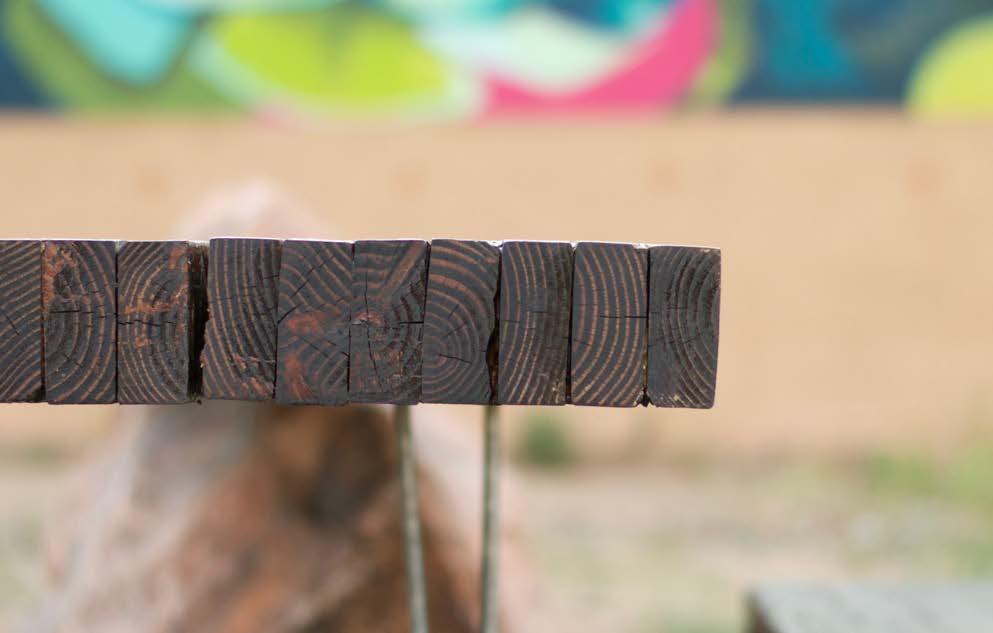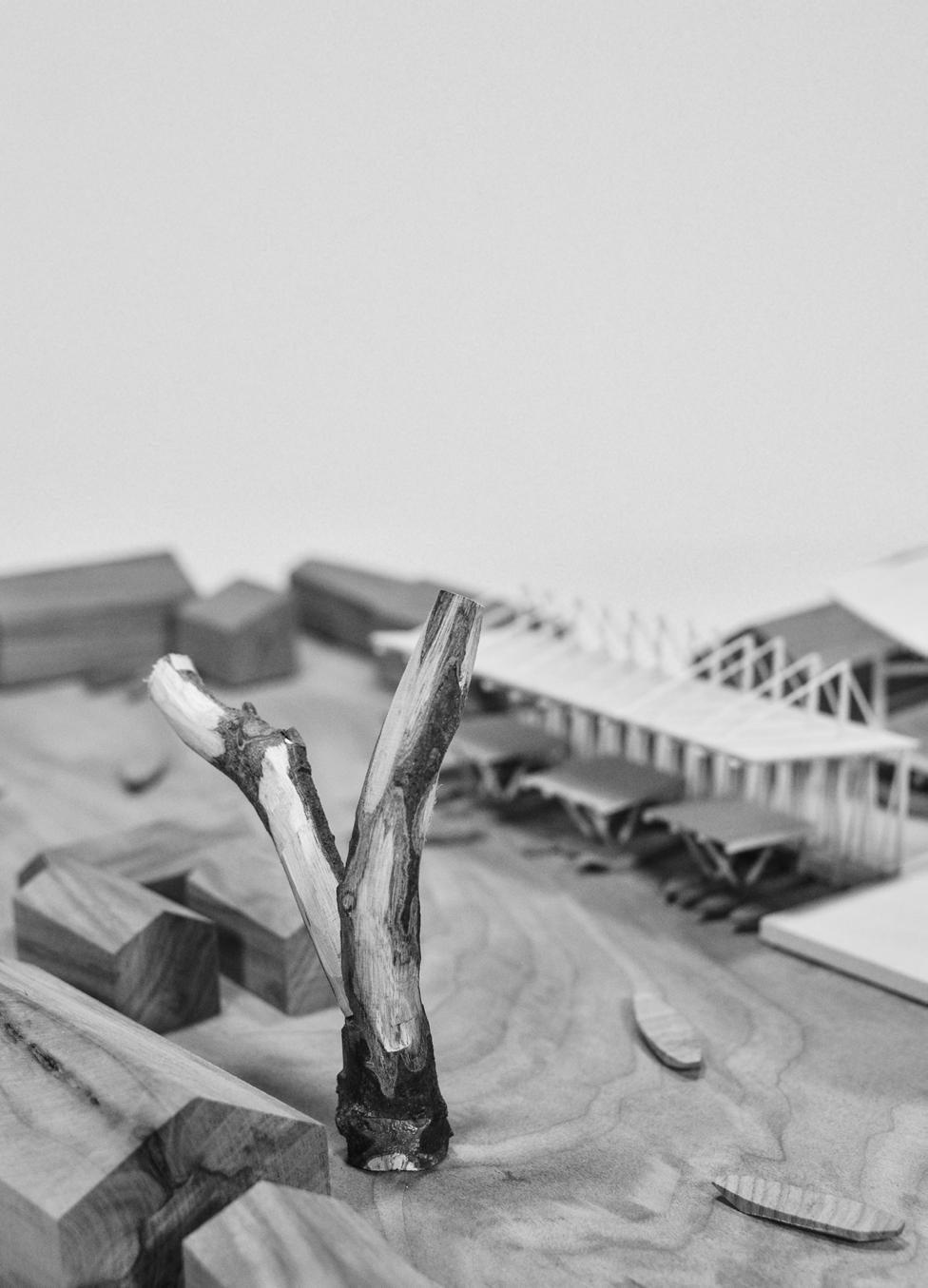
7 minute read
ON EST ENSEMBLE 02
The village of Ganvie exists as a collective human endeavor which showcases the cultural intricacy, social conglomeration, and spatial invention of water-based beings. Ganvie is a constellation in which life exists as a continual negotiation between people and layers of their material. It is a patchwork of geographic, spatial and material intricacy which layers networks, labor and expertise at multiple scales. At its current state, we see Ganvie is an urban-scale open-air manufactory – an action-oriented ecosystem of making where materials, components and natural resources are claimed from ‘end of life’ and utilized as inputs for everyday use. This project centralizes the collection of organic and plastic waste, the act of making patchwork objects for boat repairs, housing, transportation or objects, and meeting as a forum to discuss within the community scale.
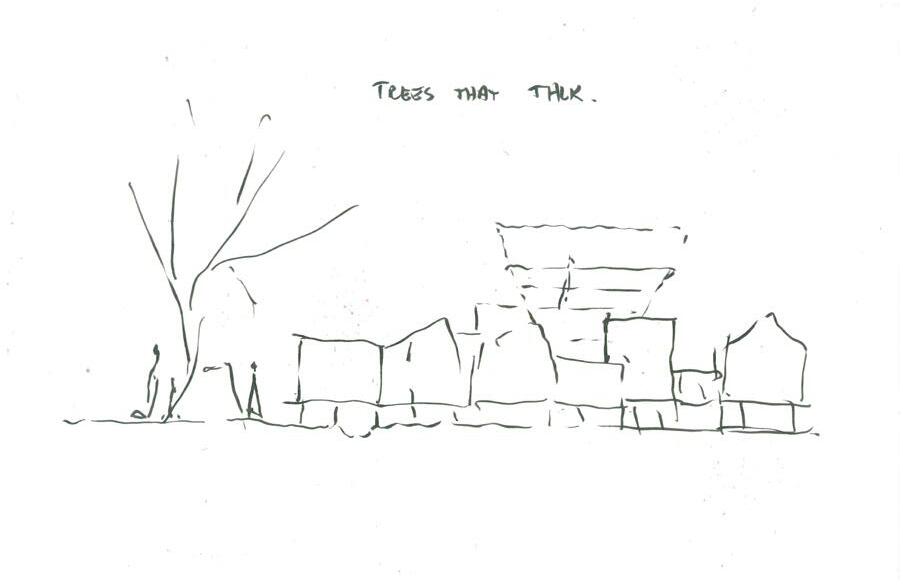
Advertisement
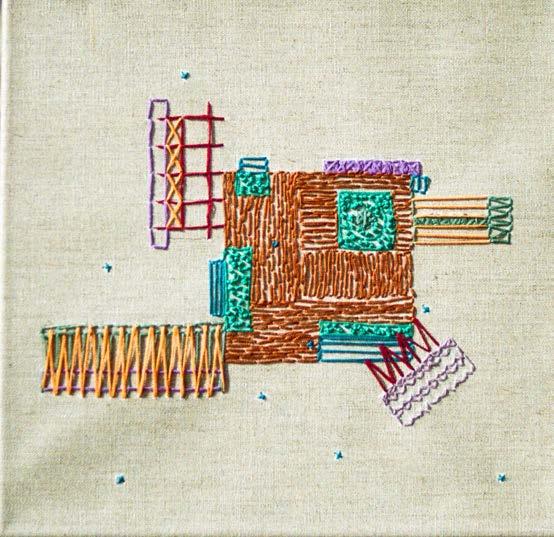

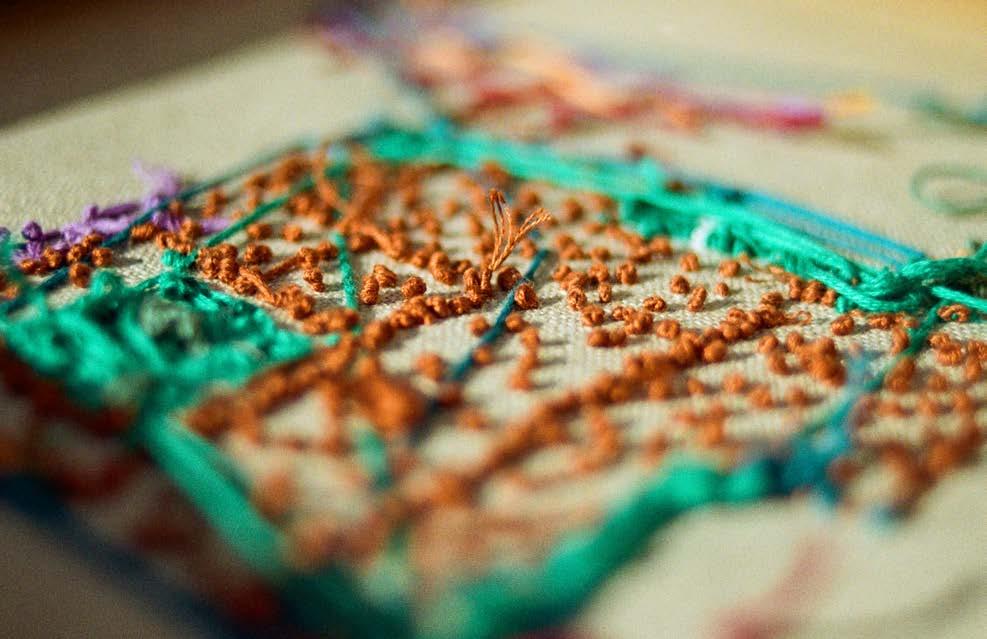
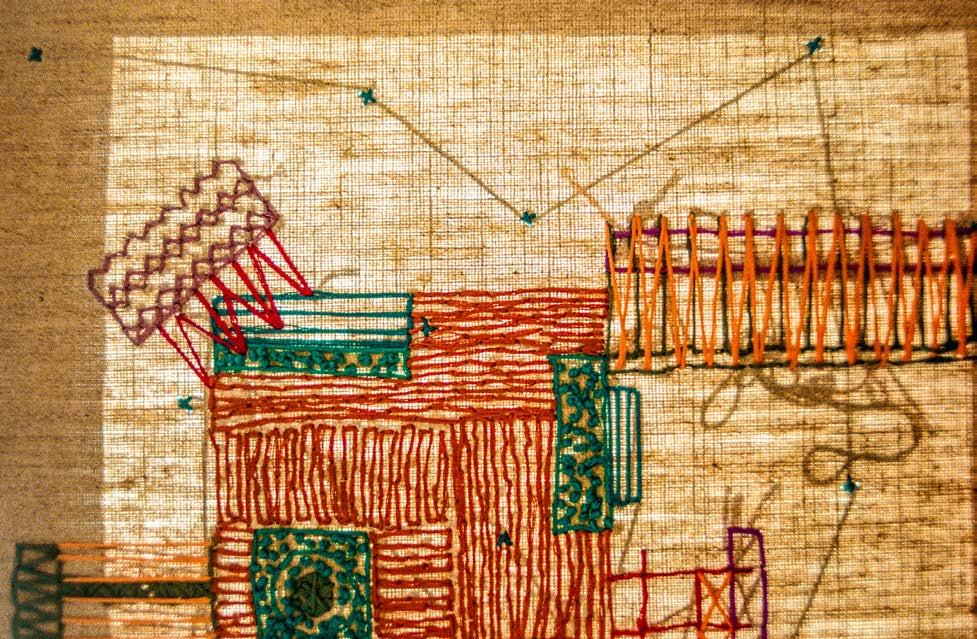
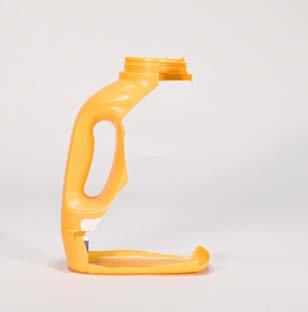
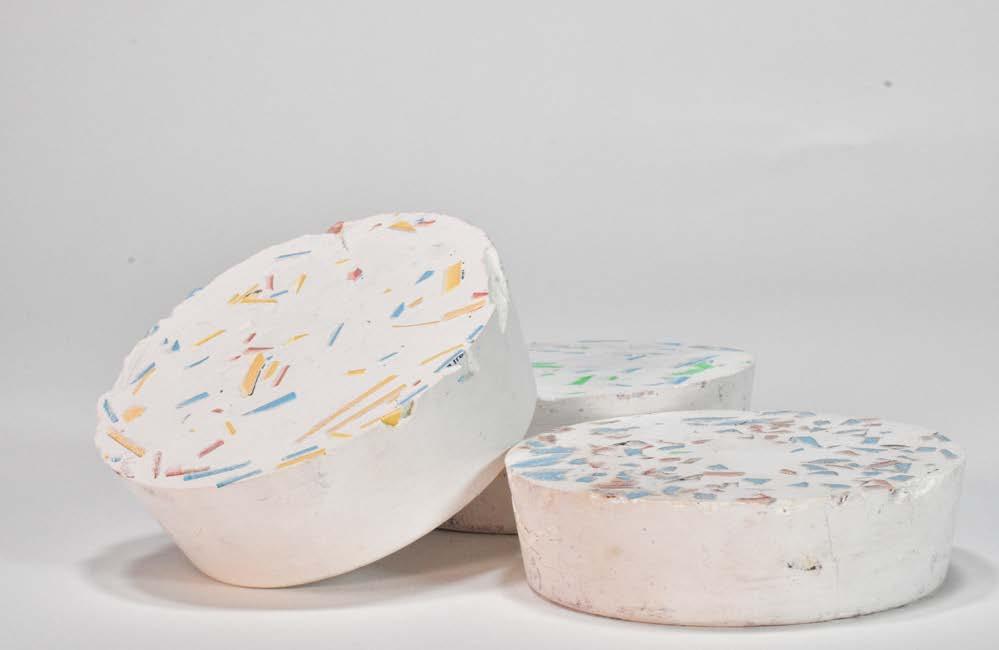

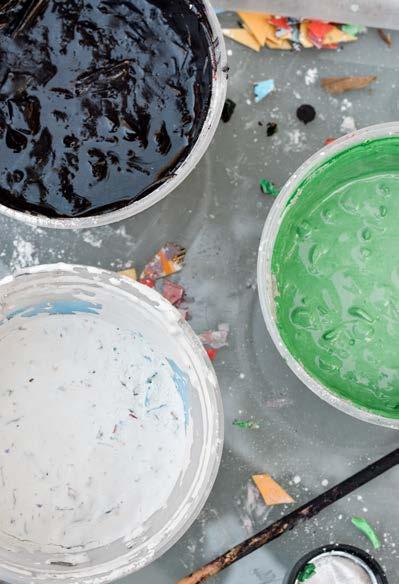

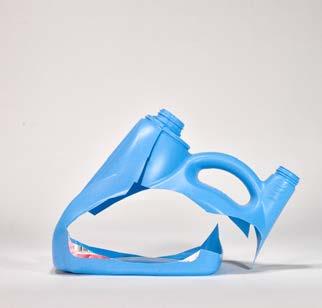
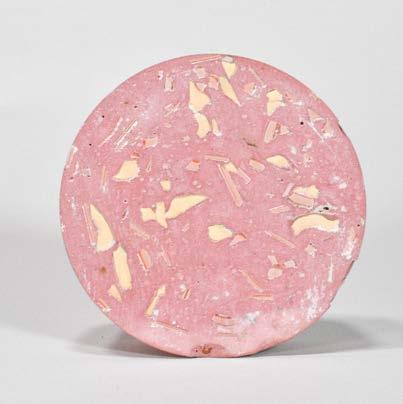



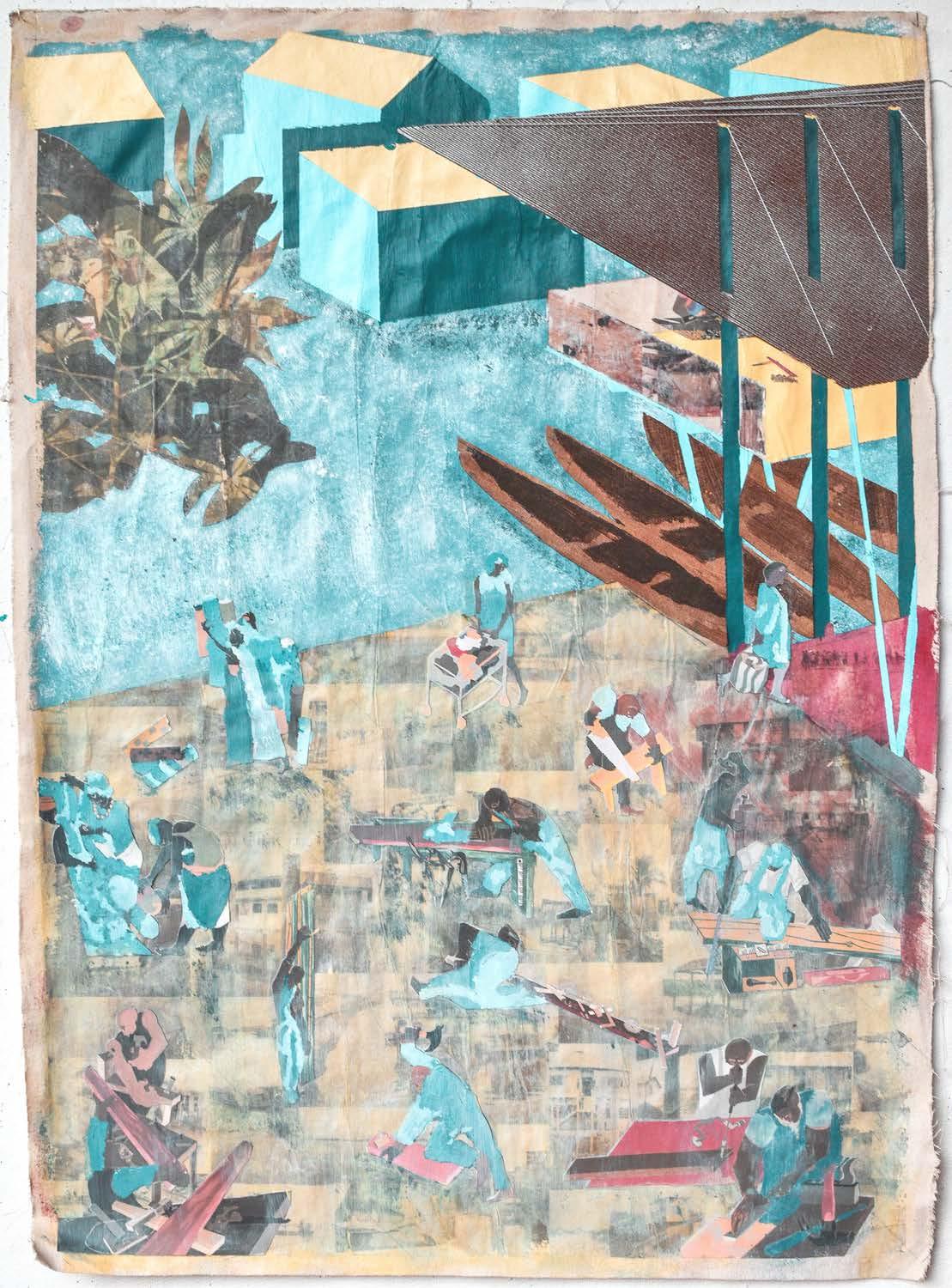
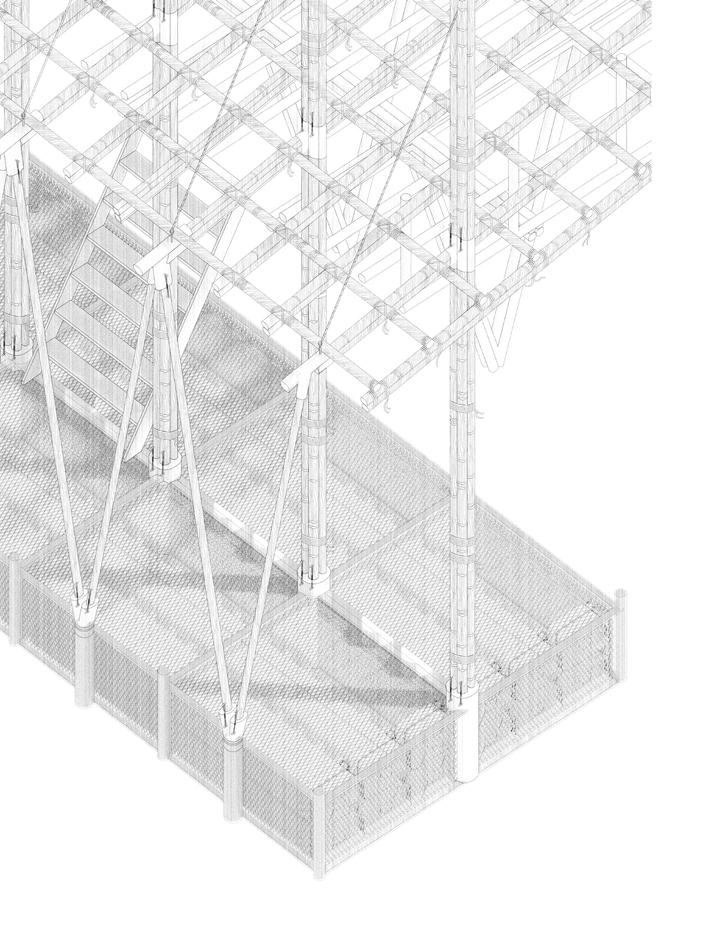


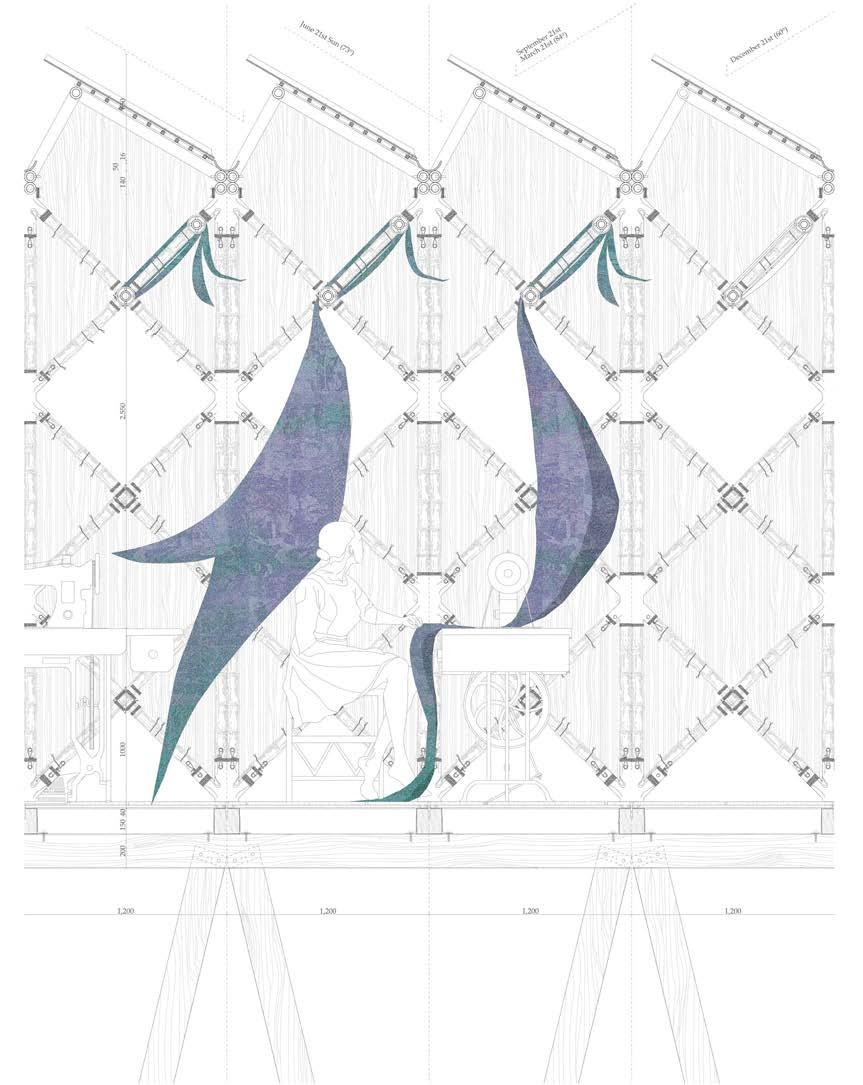

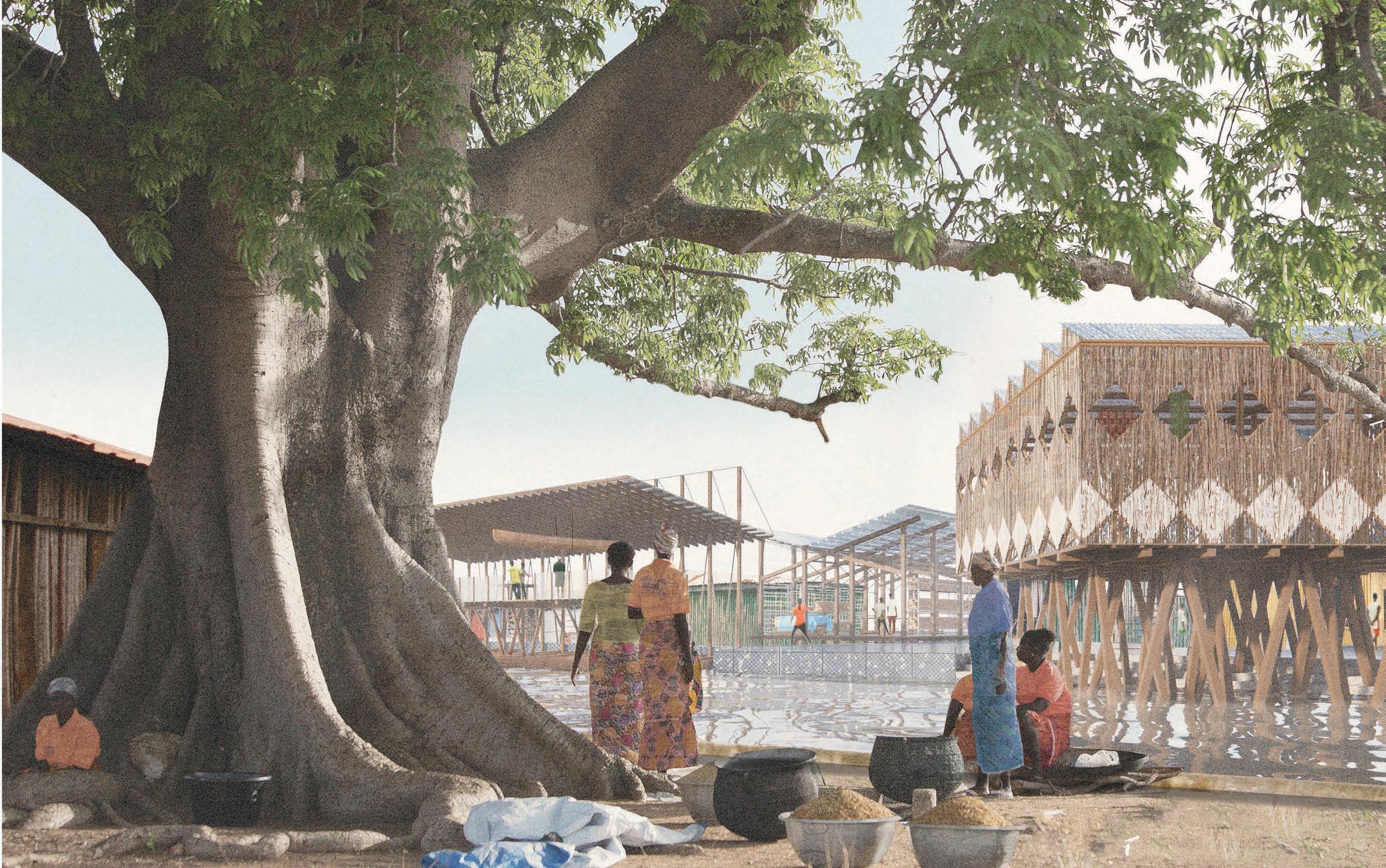


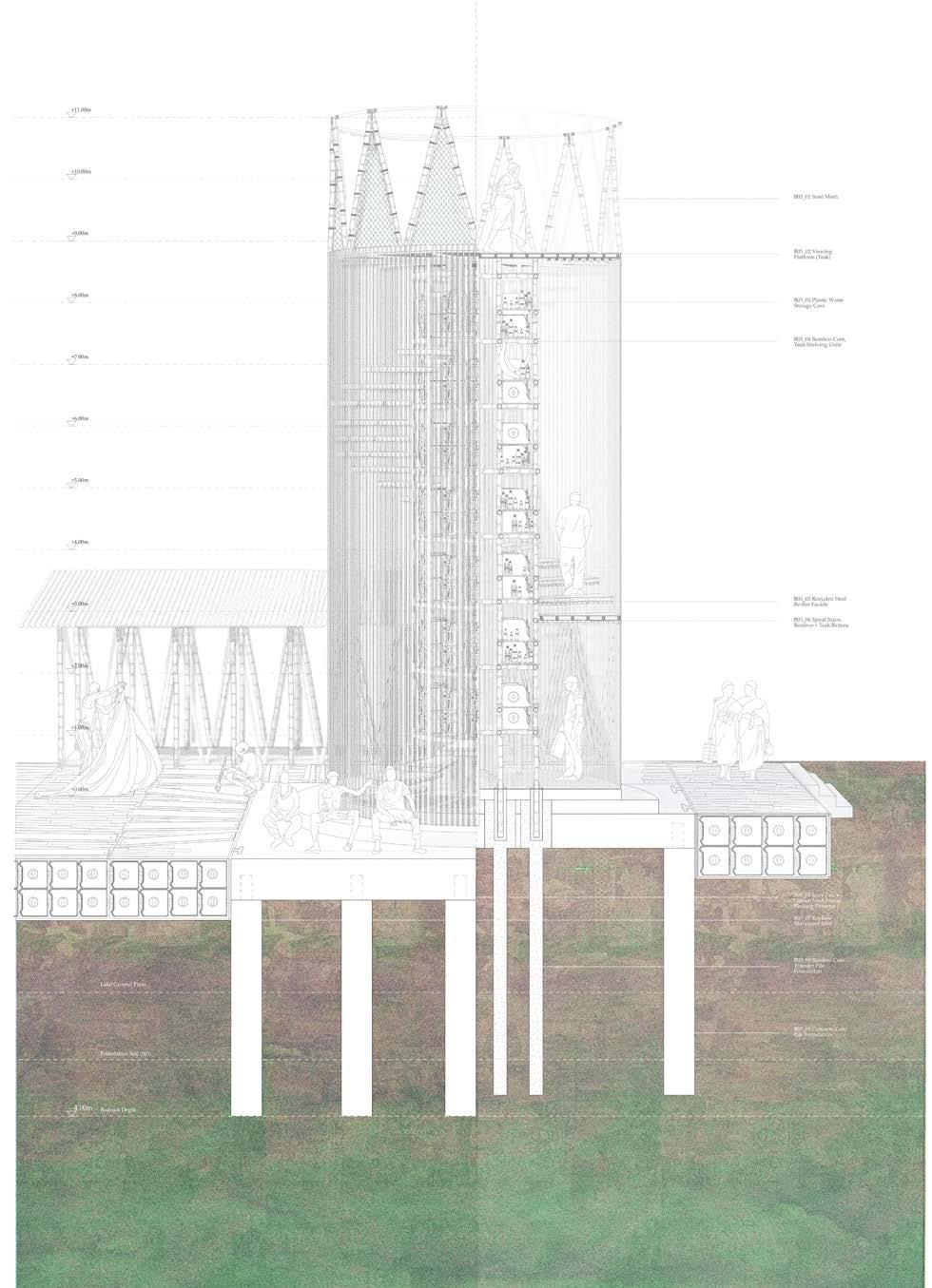

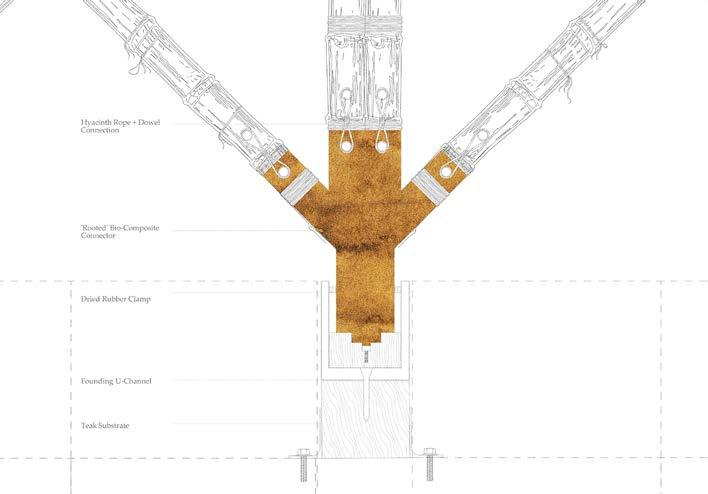

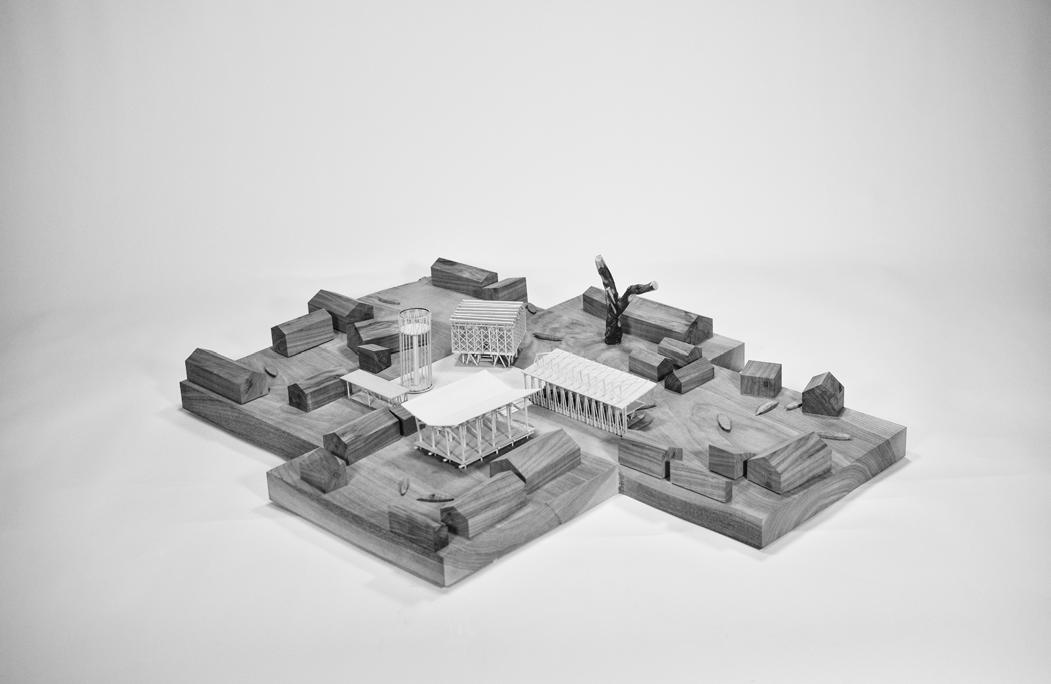
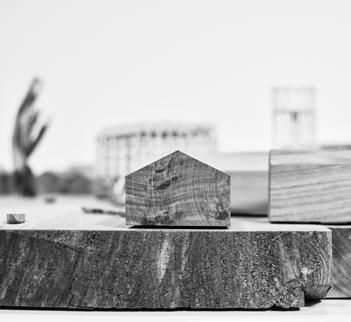


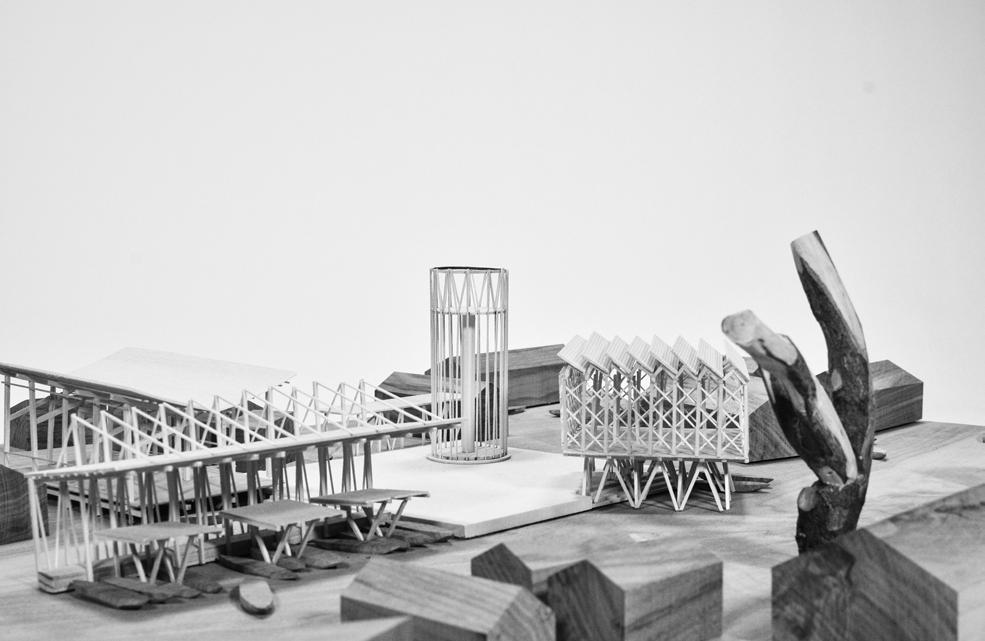
How do we architecturally and structurally begin to abolish the police?
Abolition Democracy 03
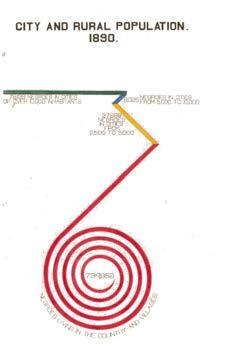
Pulling from WEB Du Bois ideal of Abolition Democracy, this project investigates the sobering intersection between a broken law enforcement and mental health system, and proposes the spatial, structural, and architectural abolition of the police. By proposing crisis response vehicles operated by mental health professionals trained in de-escalation, we collectively envision a future that does not involve deploying New Haven Police officers. The architecture employs permanence, by utilizing a site that brings together mental health professionals and community organizers in one space to treat patients immediately after their crisis. The buildings leverage structural plywood as a fugitive material layered in histories of protest and re-appropriation, and makes visible the structural change that has occurred. The buildings are disaggregated with critical curb cuts that allow the architecture to engage with mobility, while still prioritizing the needs of pedestrians and community health.
Critic: David Moon
Published: Retrospecta 45

Plywood as Fear. May 26 - May 30, 2020
PLYWOOD AS FEAR - May 26 May 30, 2020
Plywood facades erected by local shop owners who fear property damages, nancial loss, and “ the other” x 8’ sheet of 1/2”
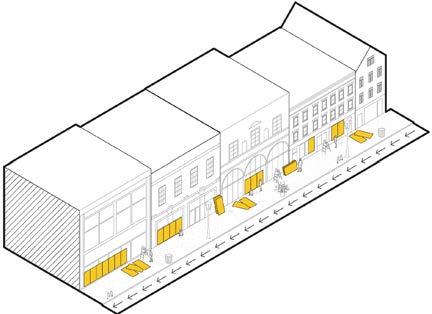
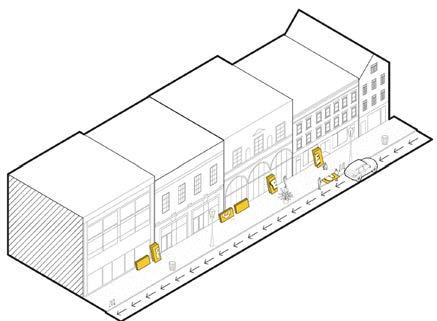
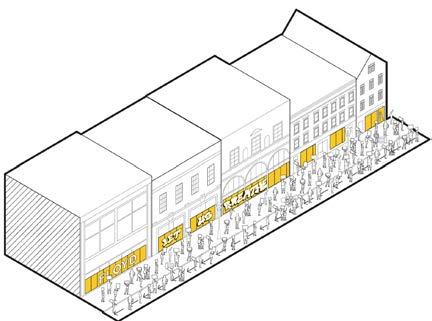
Plywood as Art.
30 - June 8, 2020
Plywood as Archive.
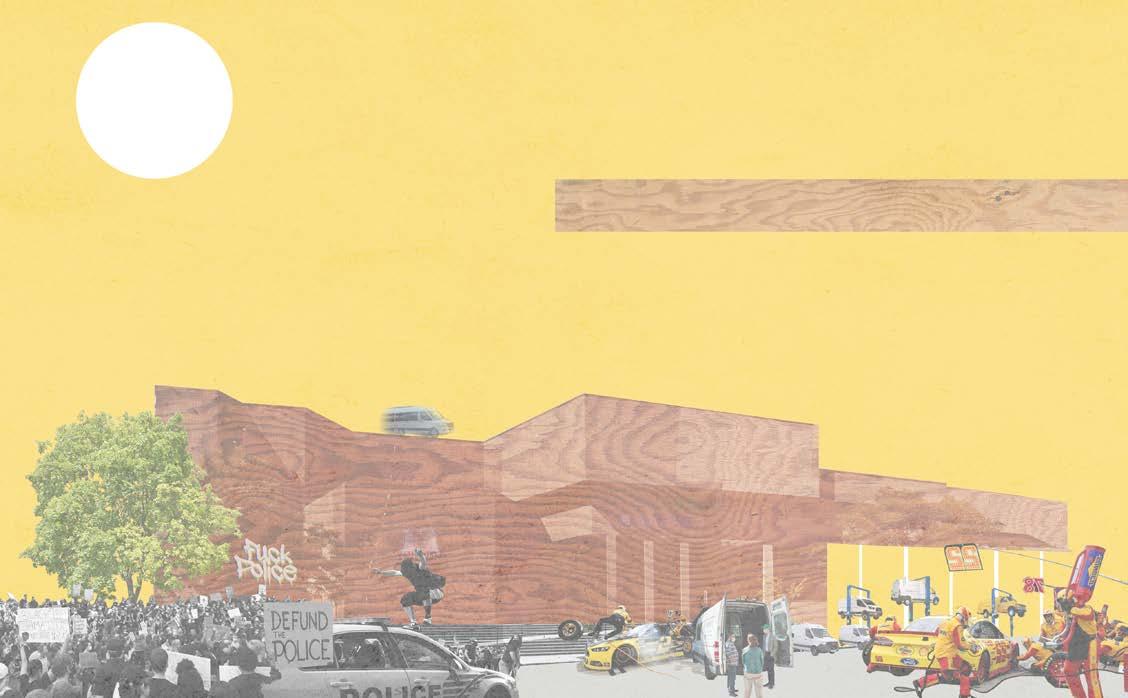
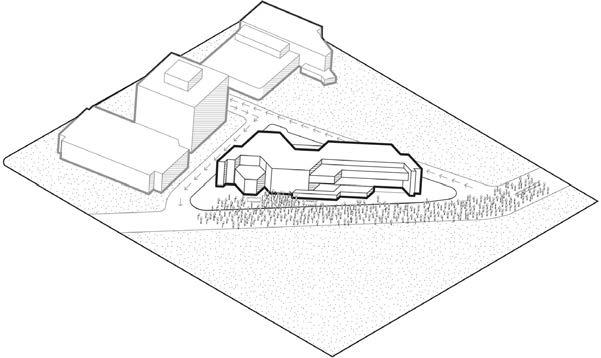
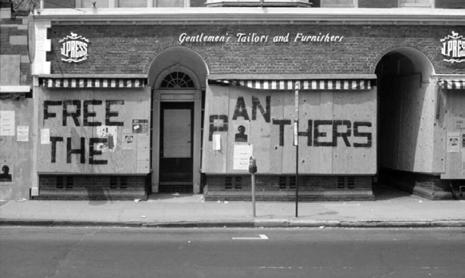

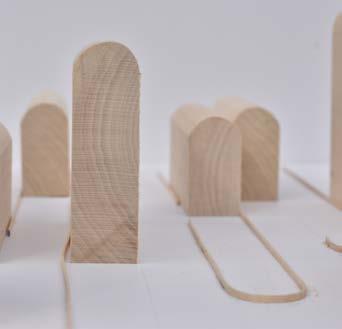

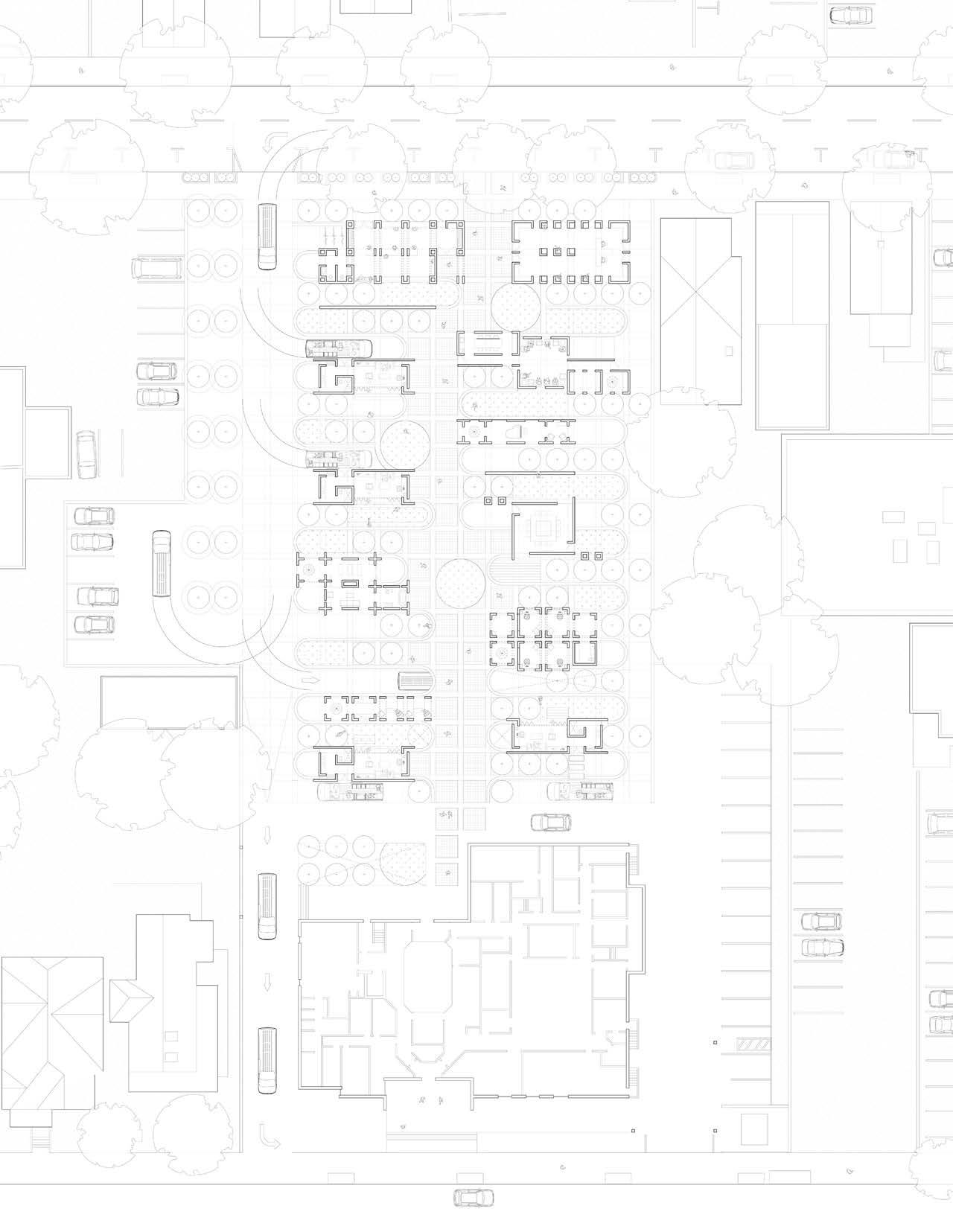
2” MASS PLYWOOD PANEL FRERES LUMBER OR EQ.
WATER RESISTANT BARRIER
3/8” AIR GAP VENTILATED AT TOP
2” RIGID WOOD FIBER INSULATION STRAPPED TO PLYWOOD PANEL
1” VERTICAL FURRING STRAPPED AND VENTILATED. BLACK.
1/2” HORIZONTAL FURRING SCREWED TO CLADDING FROM BACK. BLACK
1/4” VERTICAL WOOD CLADDING WITH 1/8” SPACING. SHOU SIGU BAN FINISH
2” MASS PLYWOOD PANEL. FRERES LUMBER OR EQ.
WATER-RESISTANT BARRIER
3/8“ AIR GAP VENTILATED AT TOP
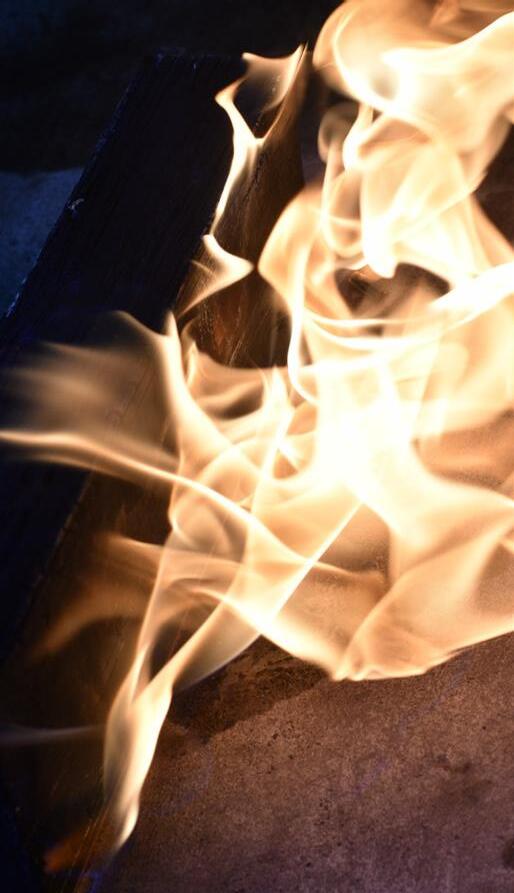
2” RIGID WOOD FIBER INSULATION STRAPPED TO PLYWOOD PANEL
1” VERTICAL FURRING STRAPPED AND VENTILATED. BLACK.
1/2” HORIZONTAL FURRING SCREWED TO CLADDING FROM BACK. BLACK.

1/4” VERTICAL WOOD CLADDING WITH 1/8” SPACING. SHOU SIGU BAN FINISH.
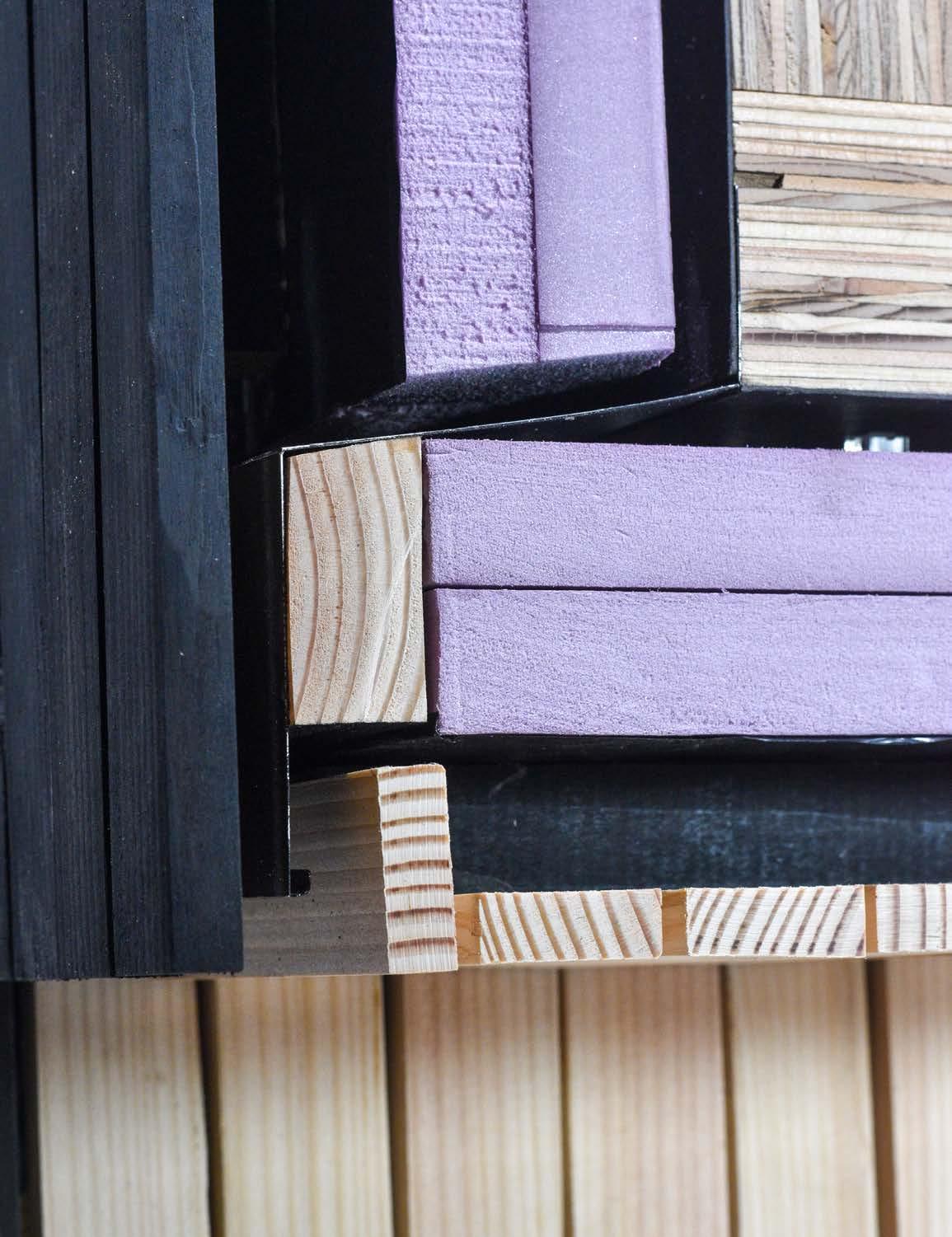
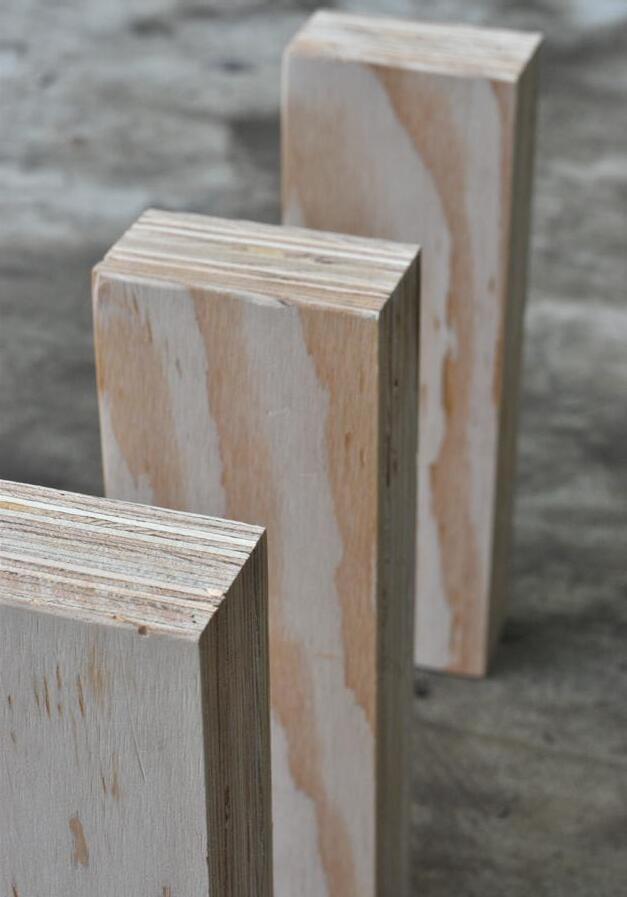
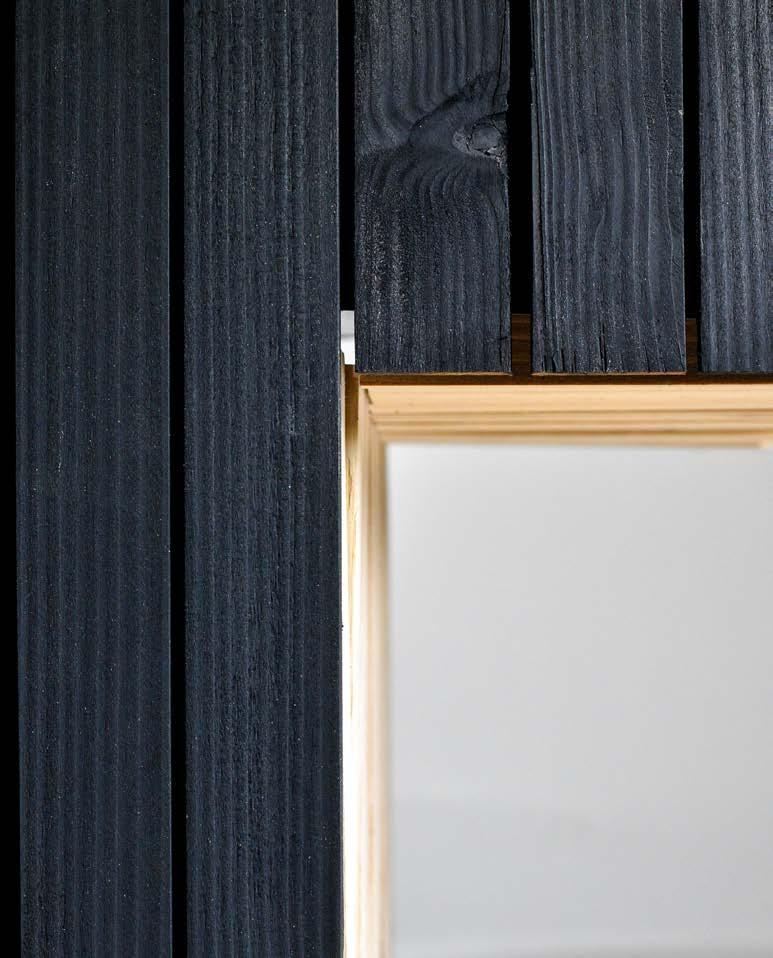
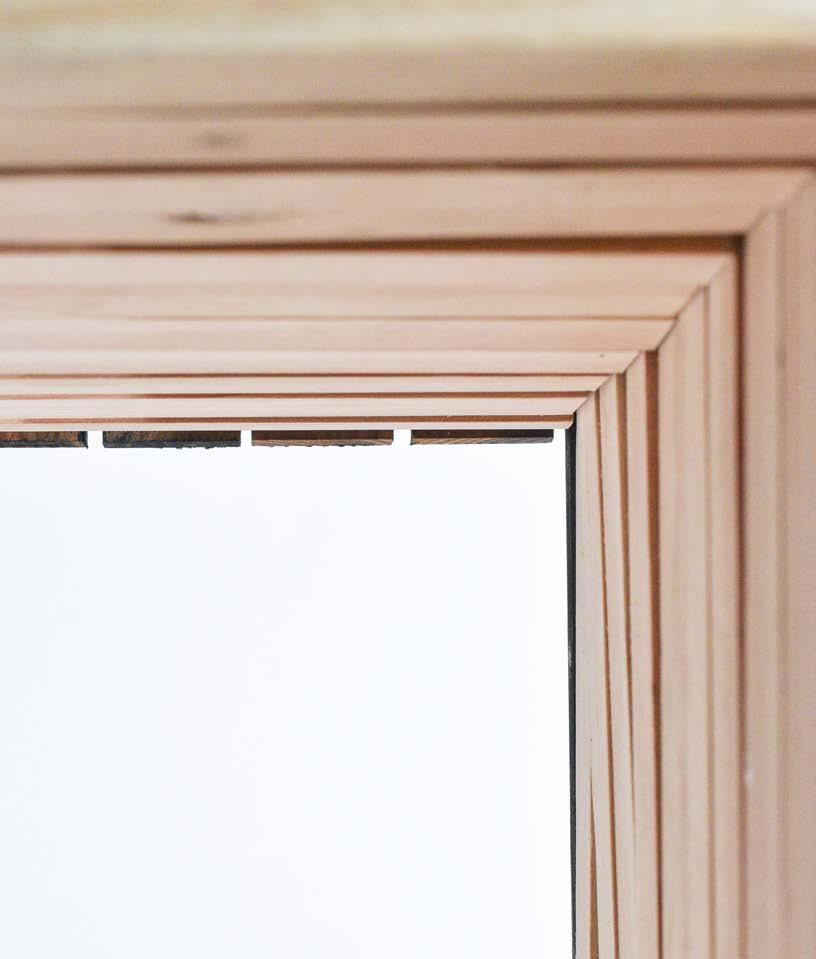
Absence Presence 04
Commenting on the absence of Blackness within rural America, this project acknowledges the lack of representation within our National food system. The proposed structure is erected as an architecture of reparations in the small farming community of Conrad, Iowa where the local dirt is celebrated and spiritualized for it’s blackness. Drawing formally from the abstract work of Kerry James Marshall, this project is built from rammed and infilled agricultural dirt to provide spaces for the community to educate themselves on the historical disenfranchisement of people of color within the food system. By ultimately uncovering and exhibiting the power and wealth inherent in the soil, the mission of the project is to create radical transformation in Conrad, with consistent reverberations across all aspects of the supply chain.
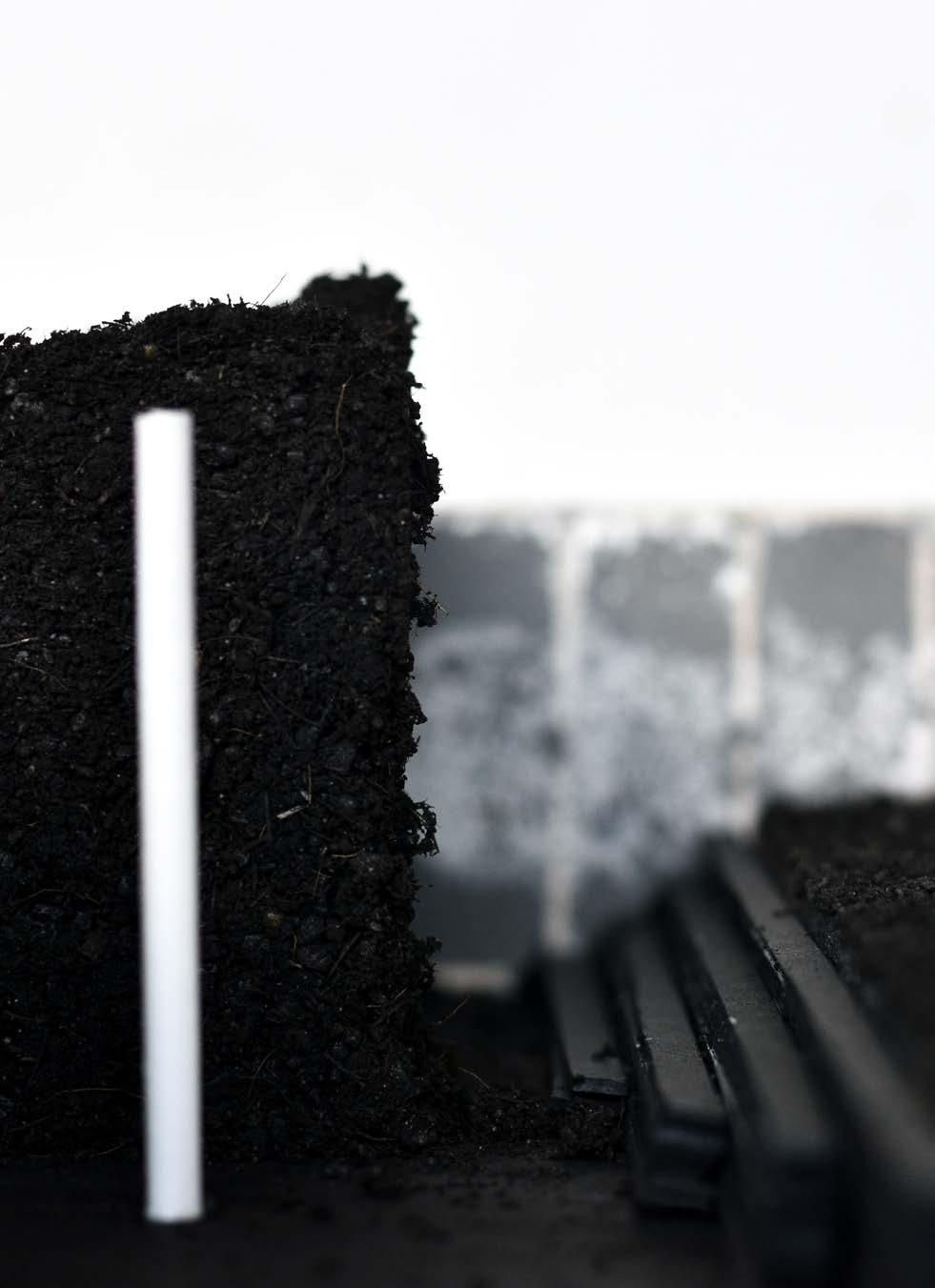
Critic: Nikole Bouchard
Published: Retrospecta 44
Published: Paprika for I do not tattle nor spill any goods perceptibly insignificant and always alive, I live the middle of sequence
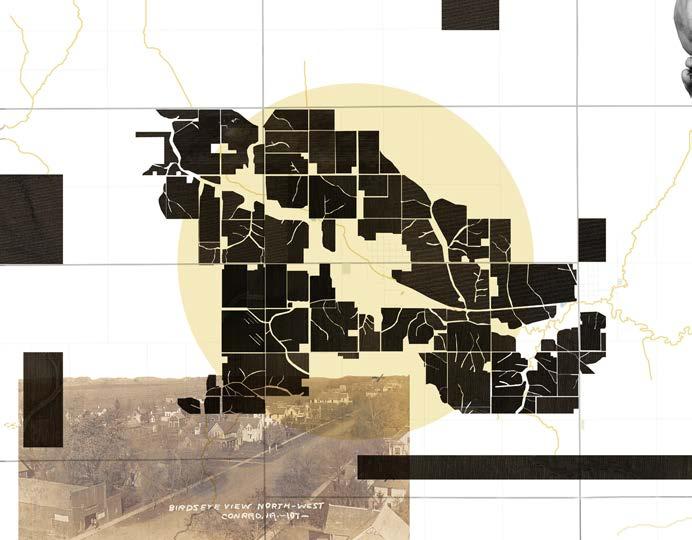
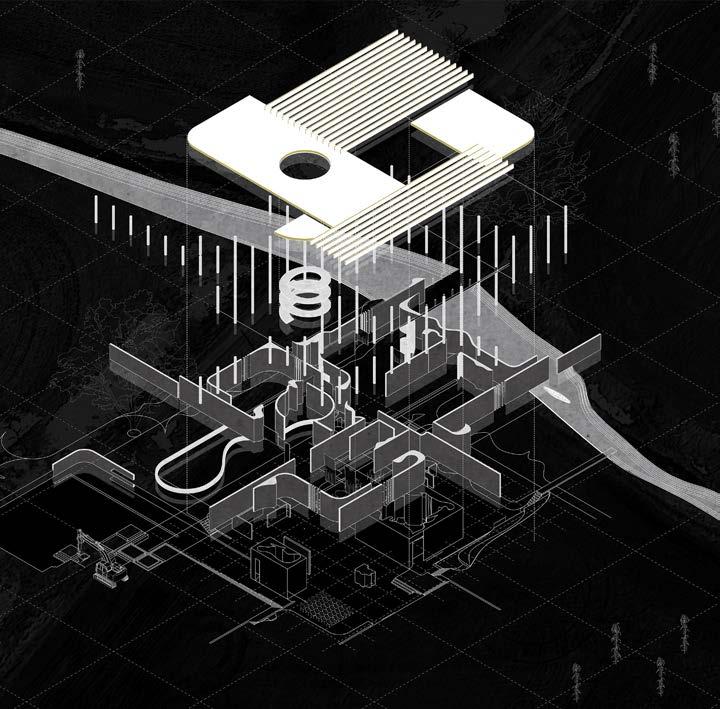


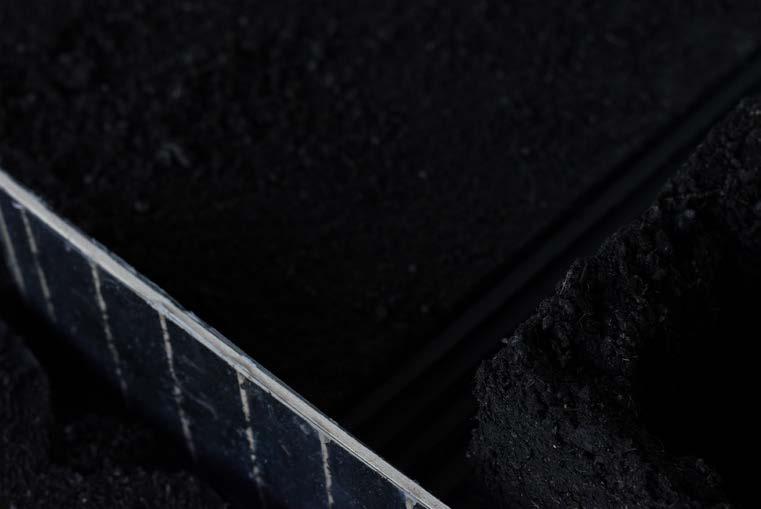
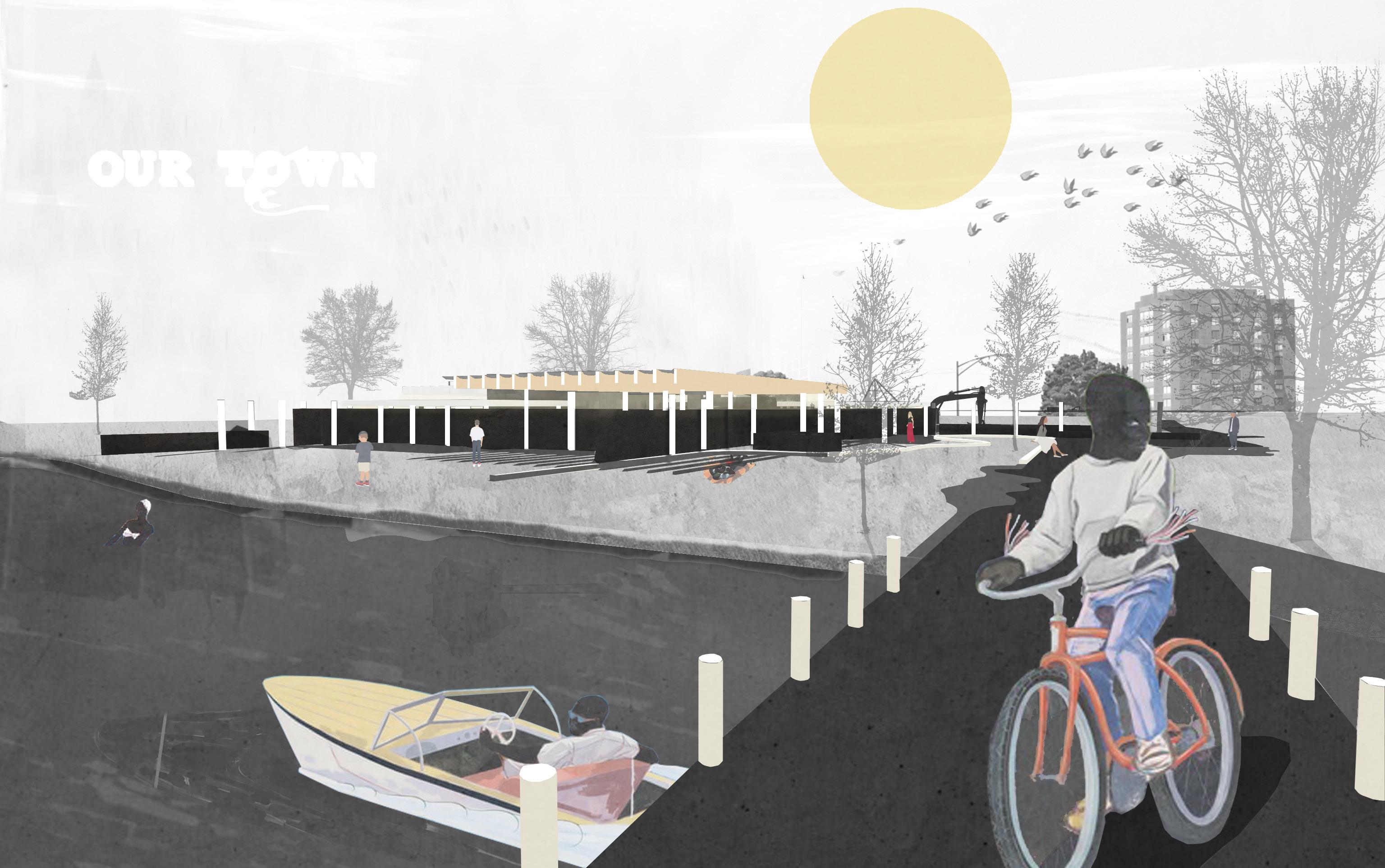
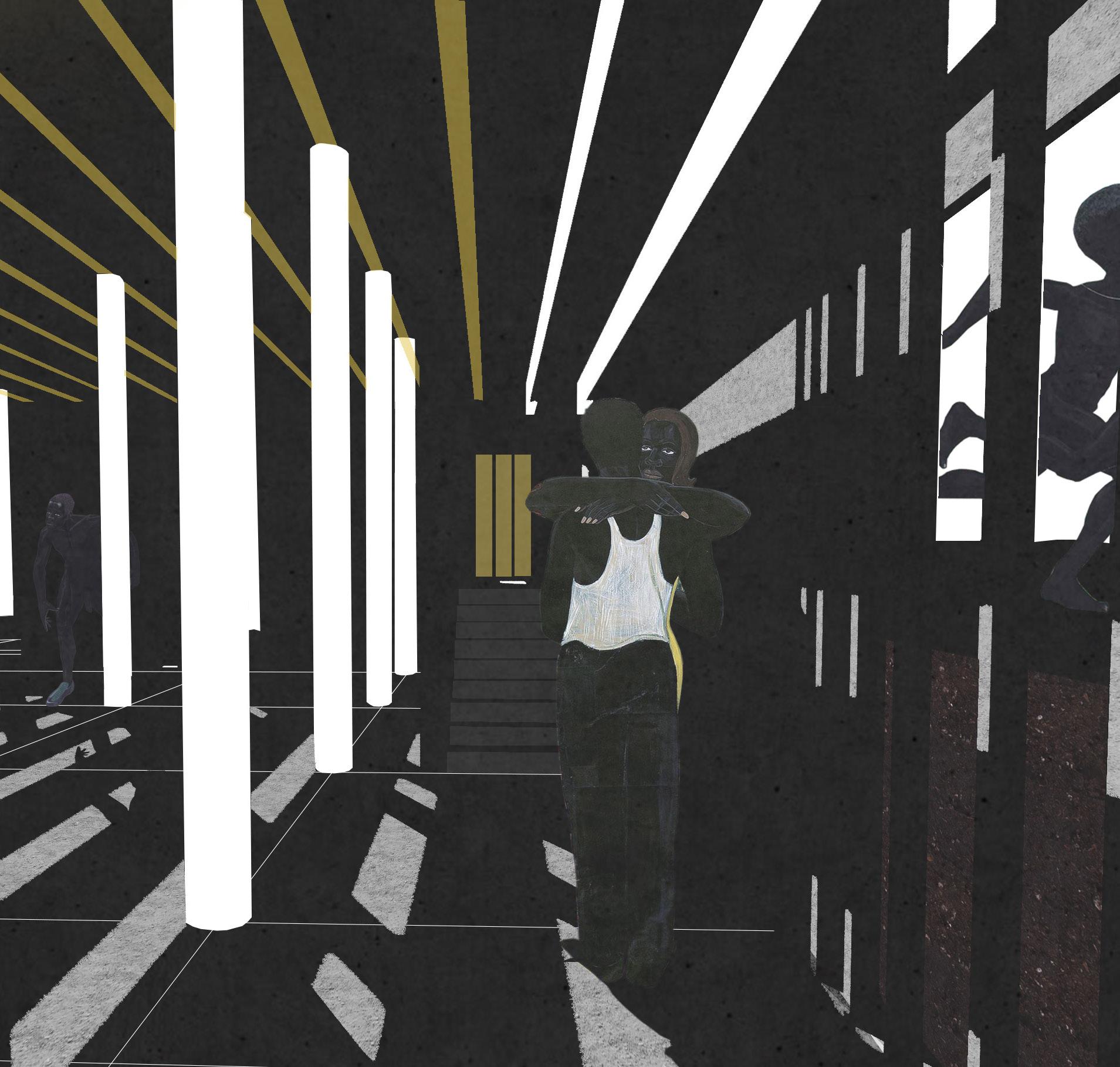

An in between implies another suggests an other sibling, a sister who gets under your nerves for telling your father you snuck out the house and the young one, your brother who sits with that smile that charm that makes you forget the jam he spilled all over the aisle just moments before But alas!
And when you are angry or triggered by that man who merged into your lane it’s never your pinky, for he’s gone to market or your thumb who’s too tired from scrolling and tapping one waits for a band, while the other is famous but we have no name for the one the boasts all the height for it is defined by the pairs of nails on both sides central and useless, a finger resides in a middle of proximity essential to democracy, and the fulfillment of contracts, I eagerly scribe the name of which I do not frequently use the name which is often reduced to a letter, or forgotten altogether, hidden from most who don’t know me intently essential but hidden, a name proclaims the middle of importance
And when signing important documents with letters so tiny you must reach out for your glasses and freshly print pages with ink blots that linger it asks for my full legal name Of course!

And when we’re past our prime beyond the age where our friends get married and go out to the bars to see a new show but not yet wise and respected with grandchildren to spoil and checkers to play rather I spend my days thinking of the car I should buy or the vacation I would take.
I am close to a crisis for occupying the middle of time
Poltergeist 05
In our global effort to address the environmental crisis, humans cannot control the channel of transporting carbon back into its solid state. We have historically mishandled it’s inverse condition and agency must be given back to the forest, as an ancient shepherd of this historic transportation channel. This project proposes a memorial that marks the death of solution’s based thinking, formally marks the end of this top-down geo-engineering mindset, and makes room for ecosystem thinking that gives agency back to the forest. Basalt is celebrated as the main character, while the forest acts as the client. Juxtaposing the two scales poses questions of ancient geological significance, tectonics, and value.
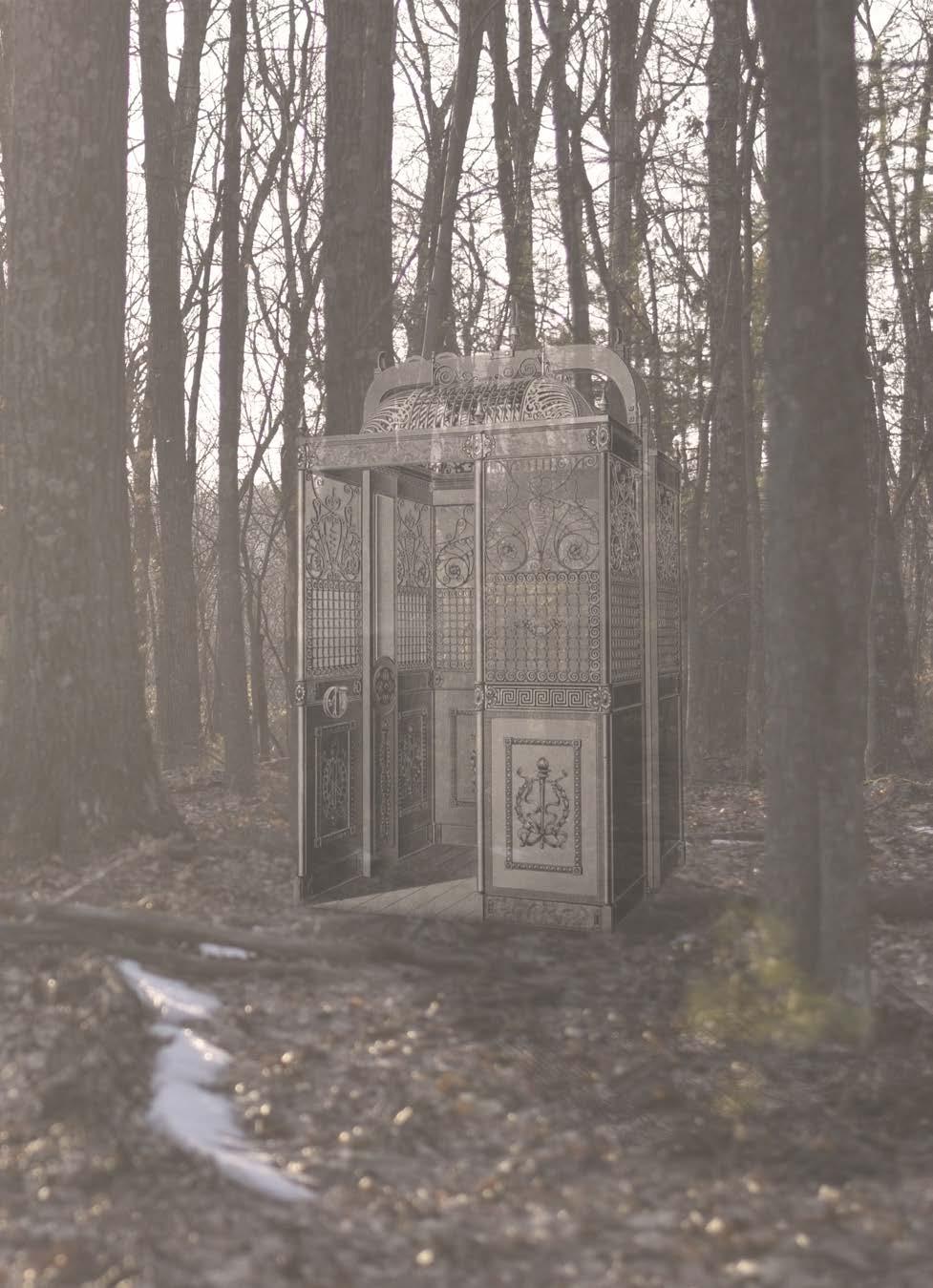
Critic: Trattie Davies
I am a restless soul
Unallowed to decompose and too expensive to be left alone
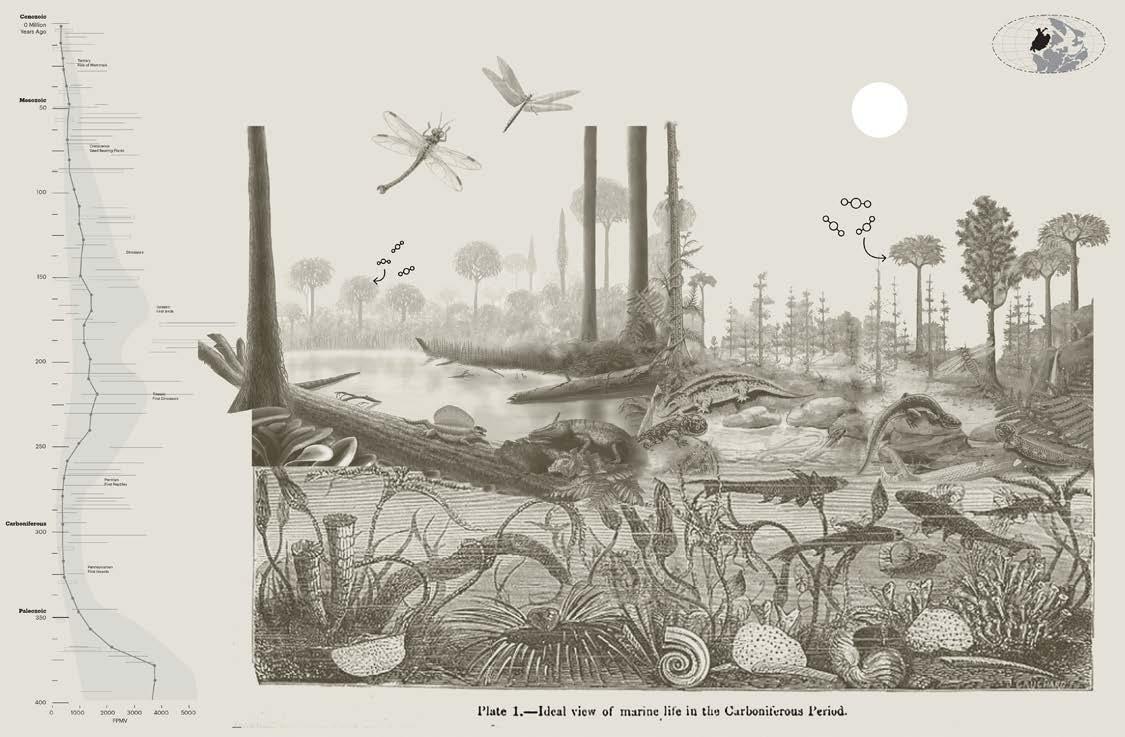
Millions of years after my funeral I have been unearthed: violently extracted, combusted, and re-released into a new world
I have, once again, changed states and transcended time, defined now as a poltergeist: seeking the return to my grave below the surface.
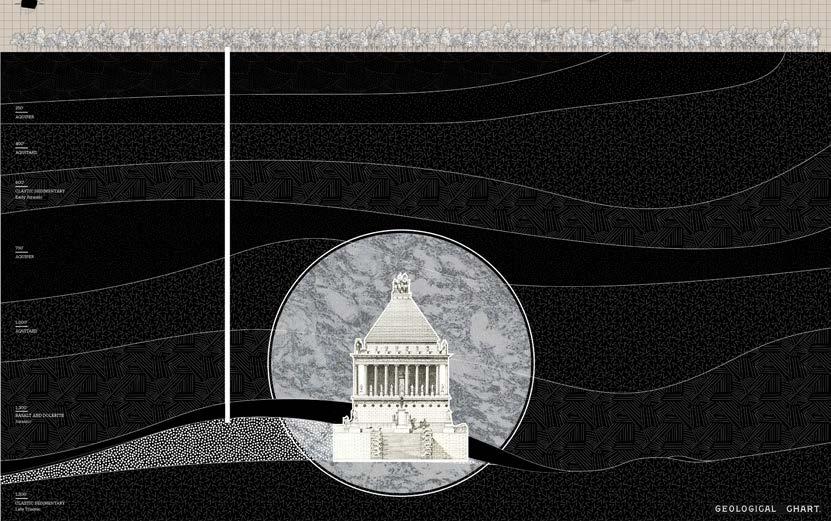
Basalt,


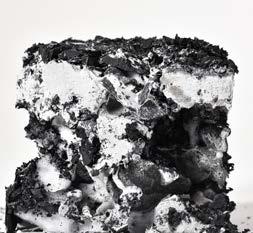

(Coleman and Irwin, 1974; Flanders Marine Institute, 2019; Hartmann and Moosdorf, 2012; Johansson et al., 2018; McGrail et al, 2017; Protected Planet, 2020; Sigfússon et al, 2018; Whittaker et al., 2015)
MADUS
Basaltic Source: (Coleman and Irwin, 1974; Flanders Marine Institute, 2019; Hartmann and Moosdorf, 2012; Johansson et al., 2018; McGrail et al, 2017; Protected Planet, 2020; Sigfússon et al, 2018; Whittaker et al., 2015)
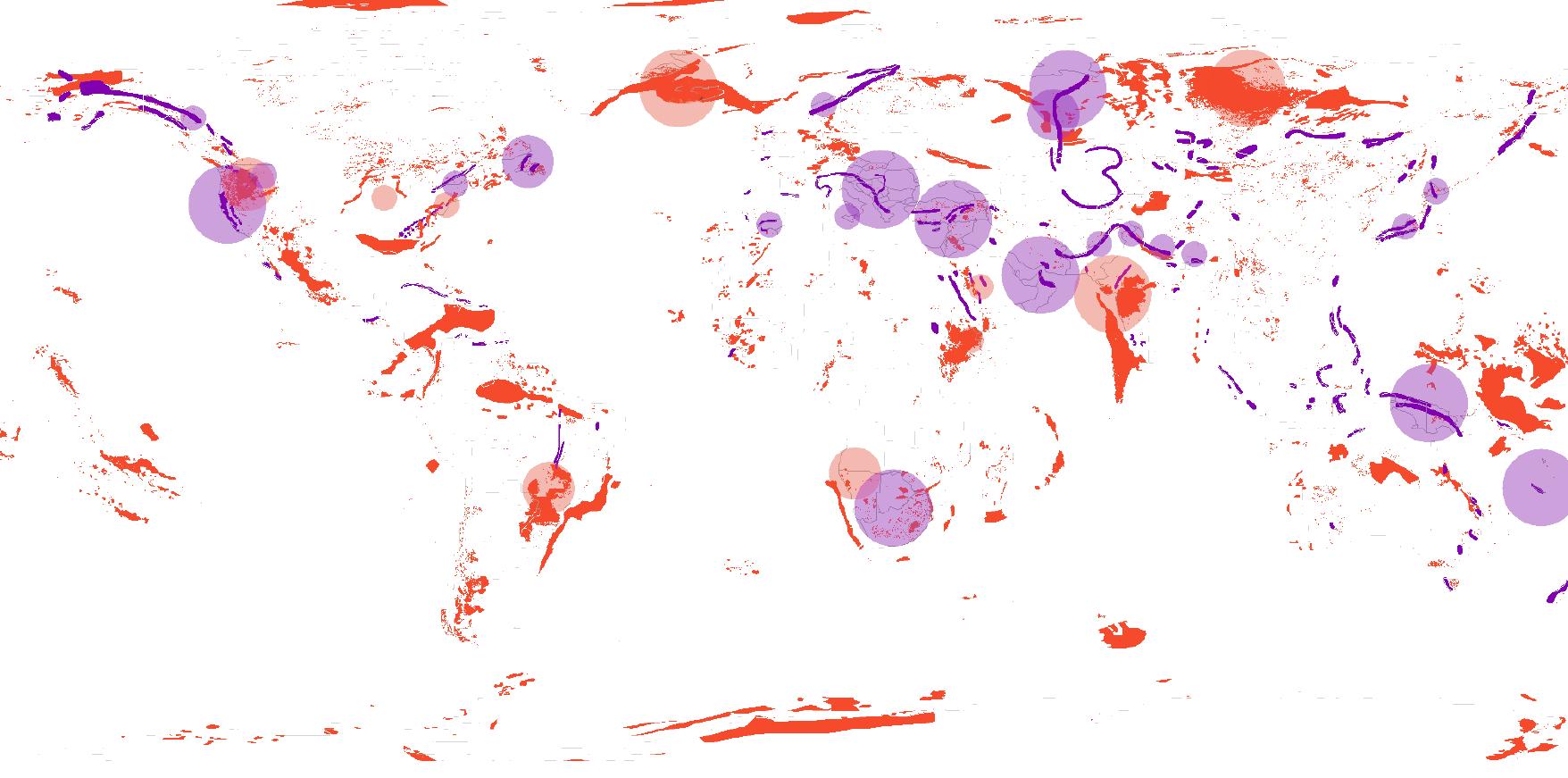


(Coleman and Irwin, 1974; Flanders Marine Institute, 2019; Hartmann and Moosdorf, 2012; Johansson et al., 2018; McGrail et al, 2017; Protected Planet, 2020; Sigfússon et al, 2018; Whittaker et al., 2015)
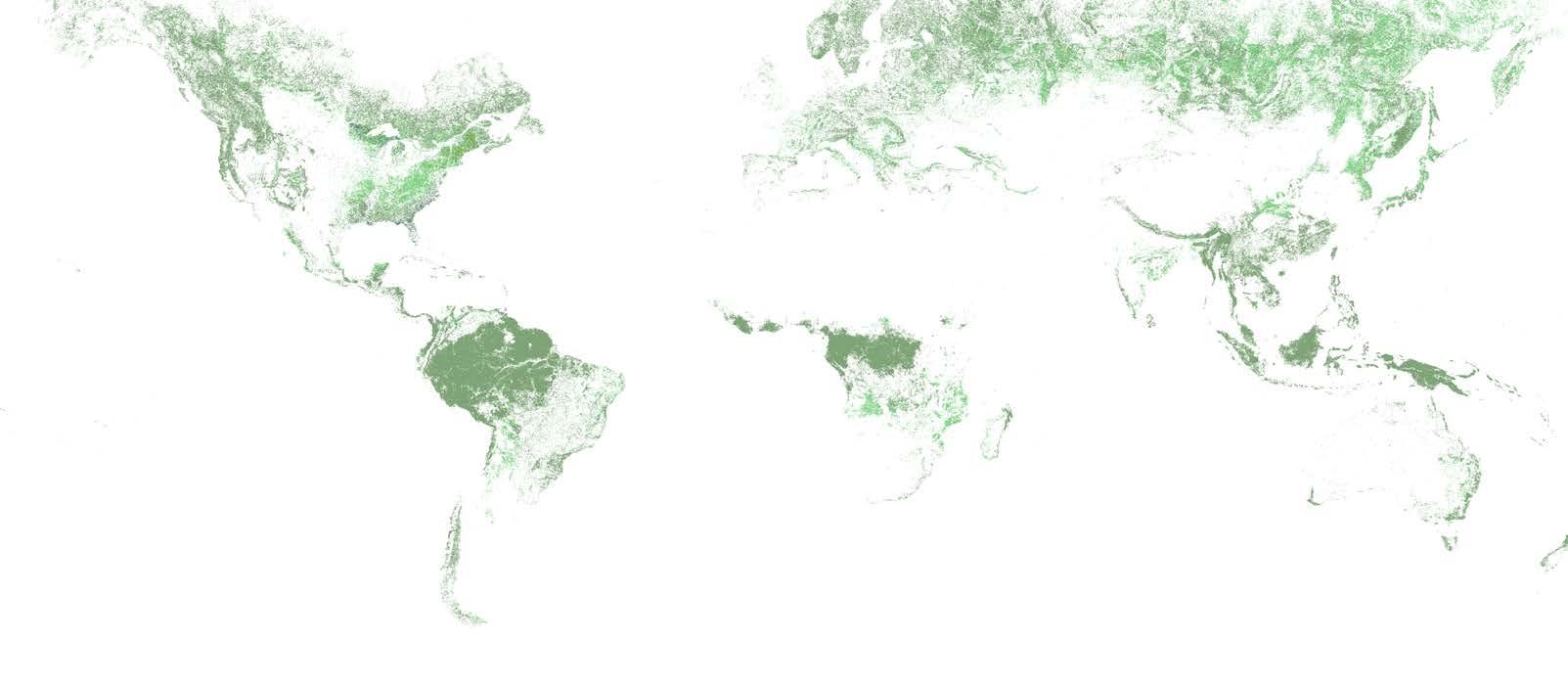

SYNTHETIC FOREST MASSACOE STATE FOREST SUBTERRANEAN FOREST


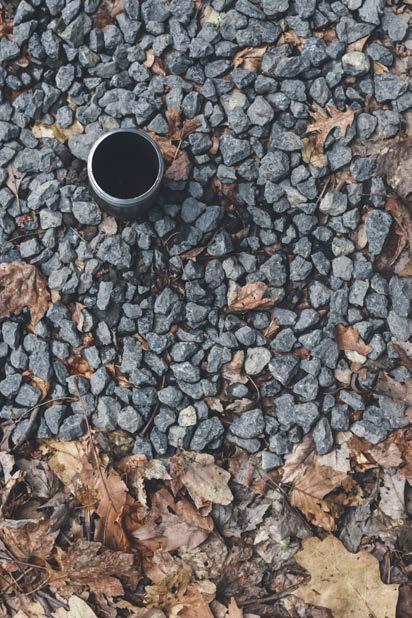
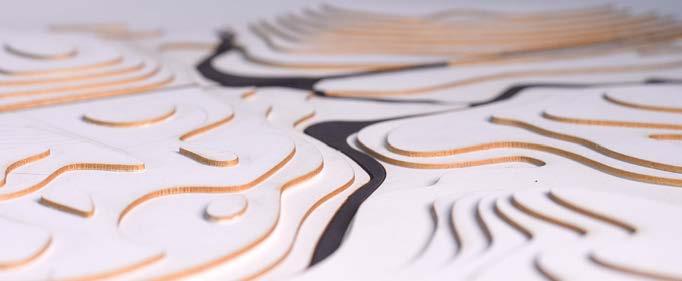
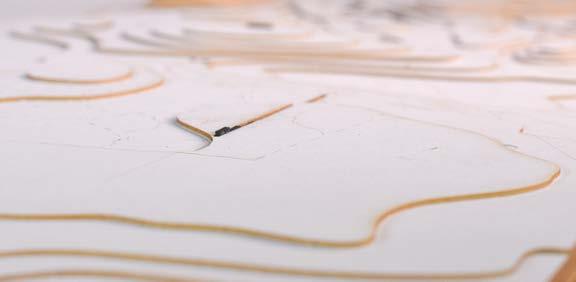


Wall Seed Bank Stair Vernal Pool
b. h. p. bs. c. f.
backing stone hearting stone plum stone bono stone chip stone facing stone










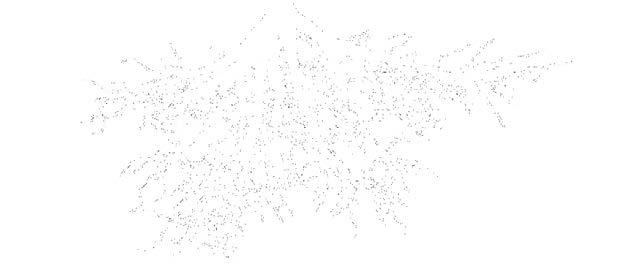










Current 06
Eric Sanderson claims that “Manahatta had more ecological communities per acre than, Yellowstone, more native plant species per acre than Yosemite, and more birds than the Great Smoky Mountains National Park.” During the time of the Lenape inhabitants, the Harlem river once met the shore with diffuse plant life and open space. Our project centers this historic river where water, soil, and life converge and flow together into the larger estuaries of Manhattan. Through ecological and fishing centers, this project seeks to celebrate the wonder of this current, this flux and this nowness, and use food to dissolve the constructed boundaries between people and their watershed. The design of the Ecology Center was my contribution to our group’s project, and provides a space for ecologists and local fishermen to work together as historic caretakers of the river.

Critic: Caitlin Taylor

Partners: Zach Felder, Huy Truong
Published: Retrospecta 45

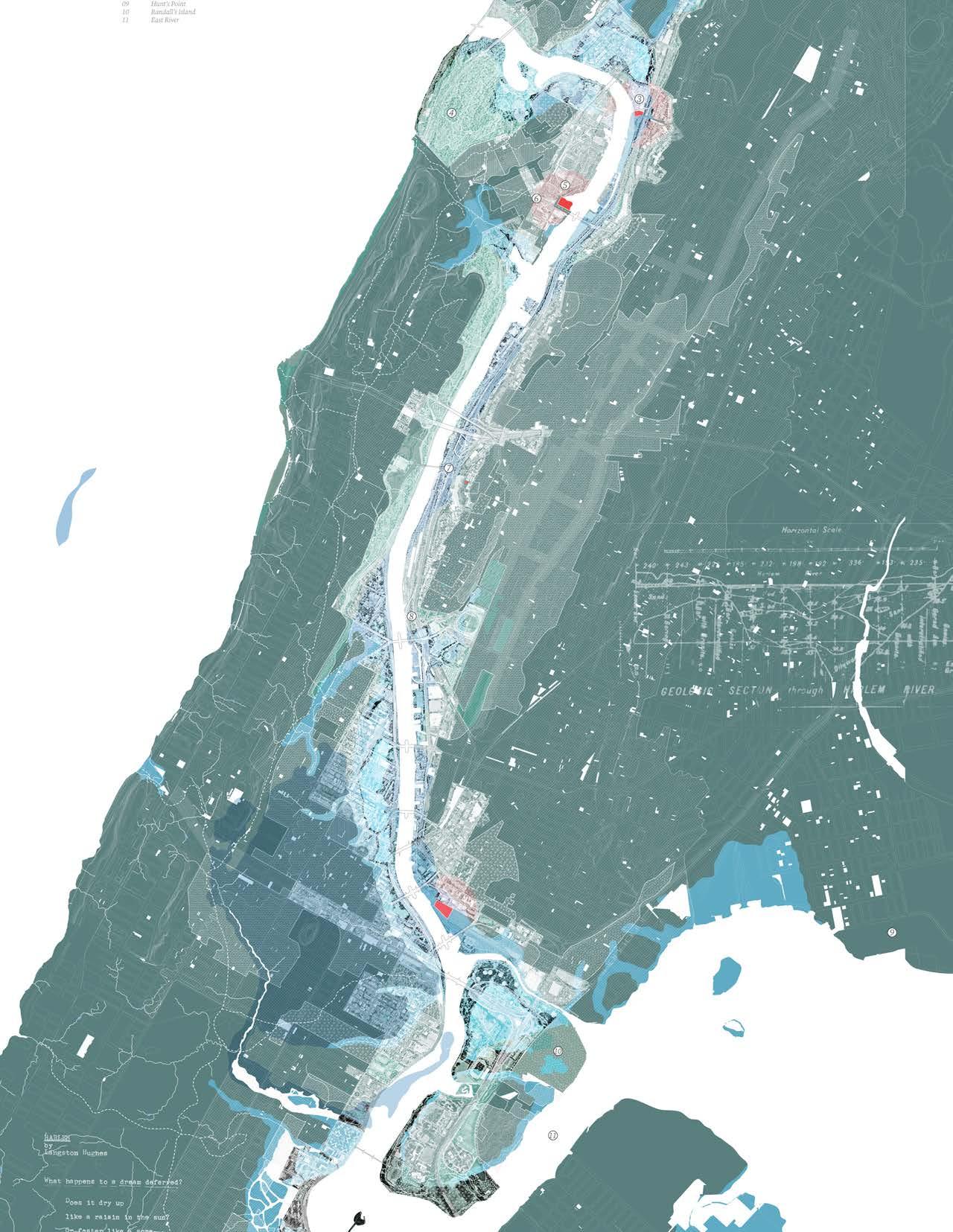

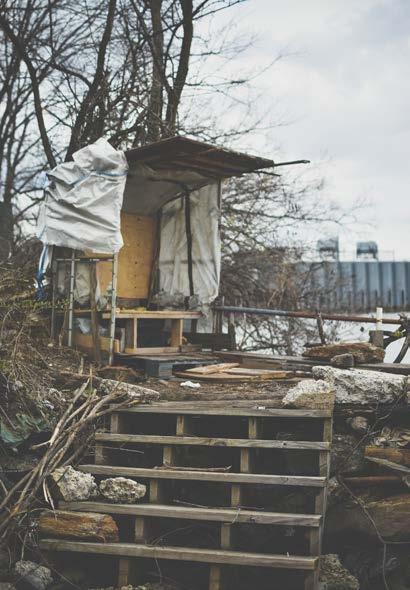
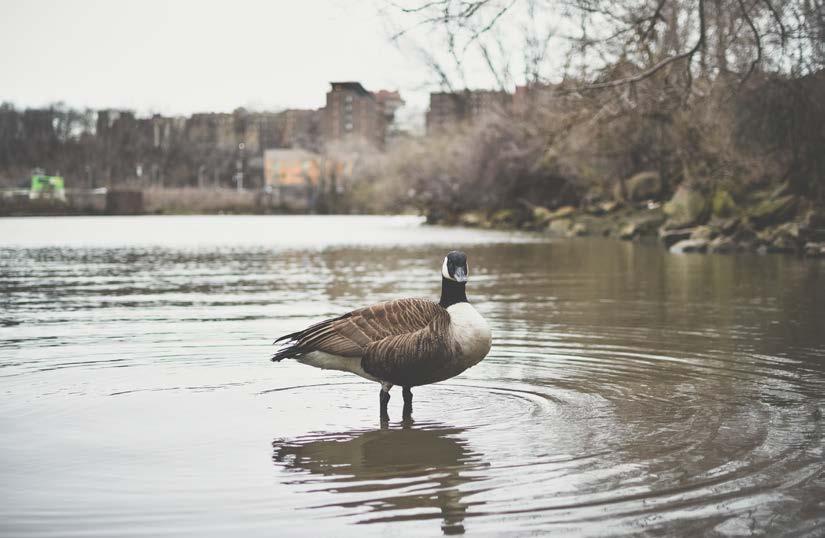

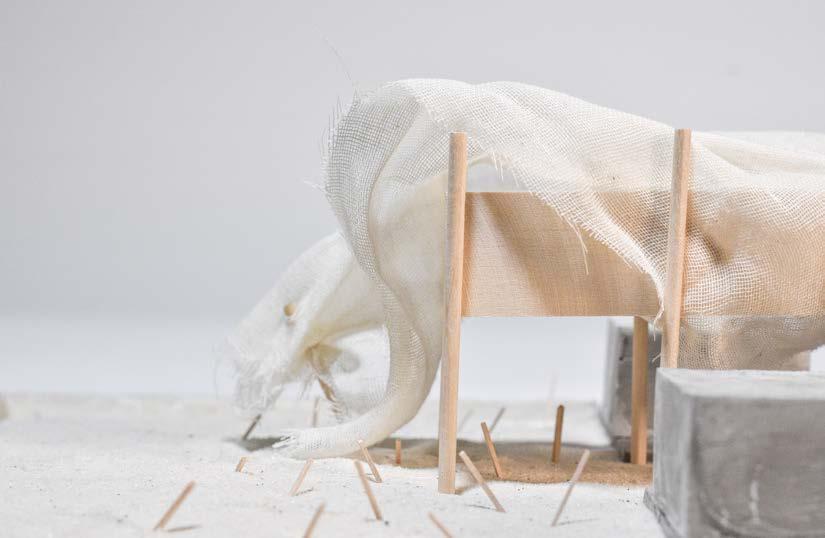
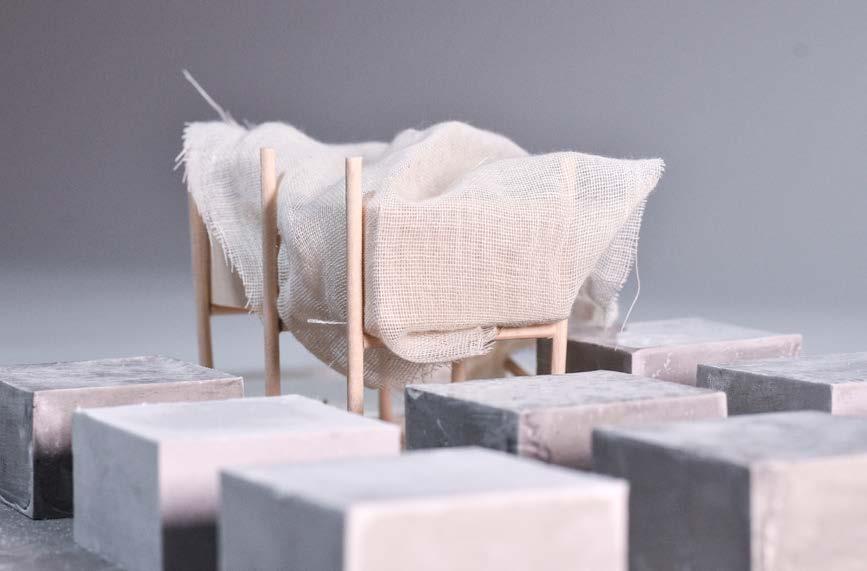
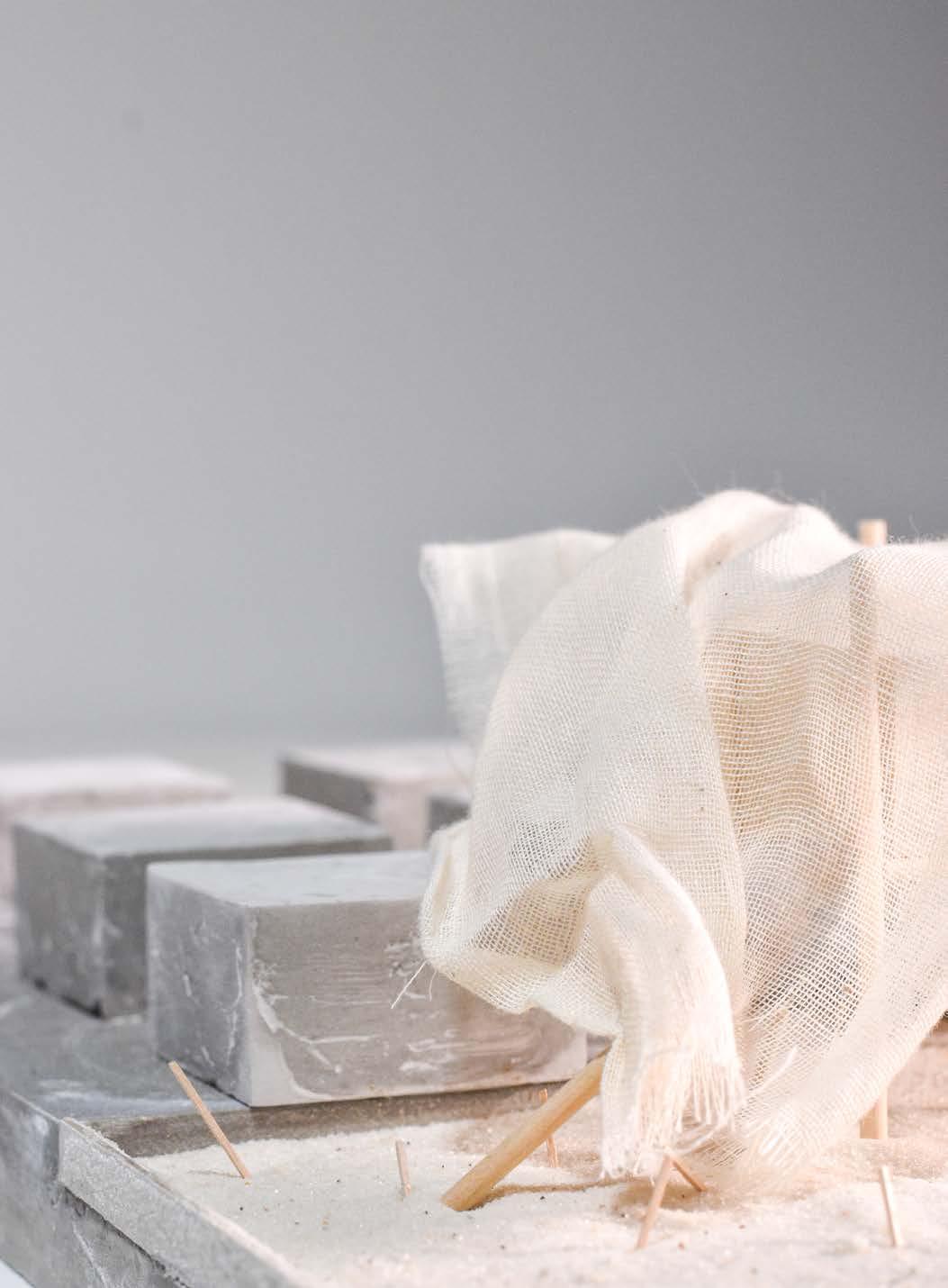

[UN] REFINED 07
This image-based object investigates ritual and identity through the textile art of Sonya Clark. Her sculpture, “toothless” appropriates a utilitarian mass-produced tool to evoke beauty and struggle. My first object investigates tensegrity as a form derived entirely from tension. However my resulting image-volume draws from the formal aspects of the Destijl movement as a plastic rejection of nature juxtaposed with the organic and tactile natural hair movement. The project ultimately questions the role of material in the breaking down of architectural form.
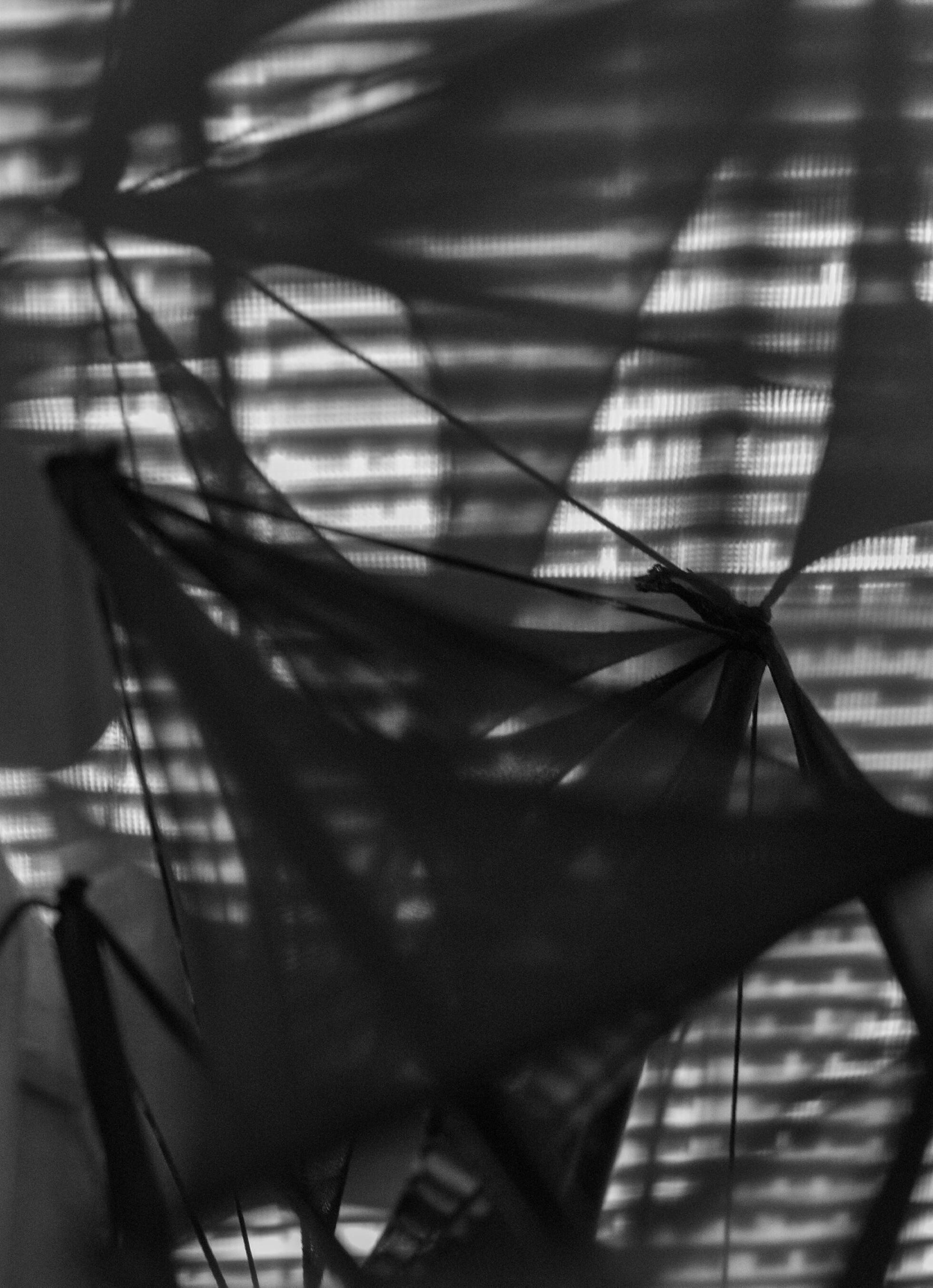
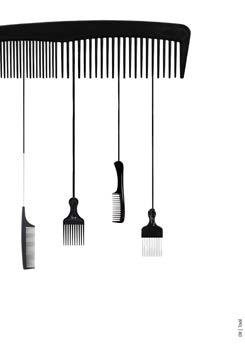





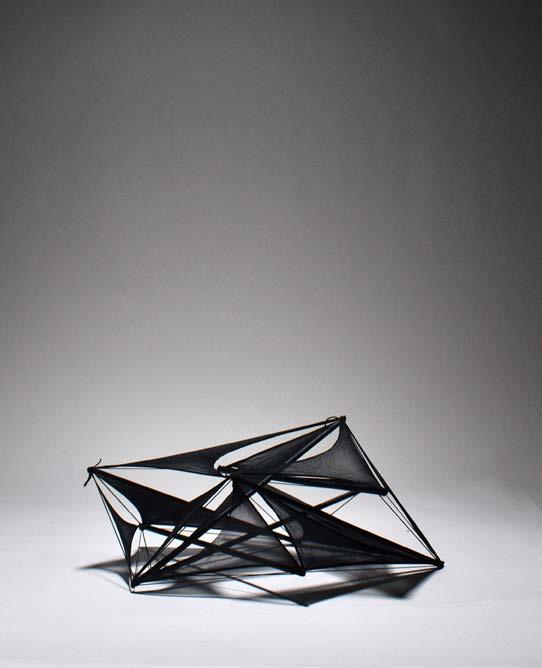
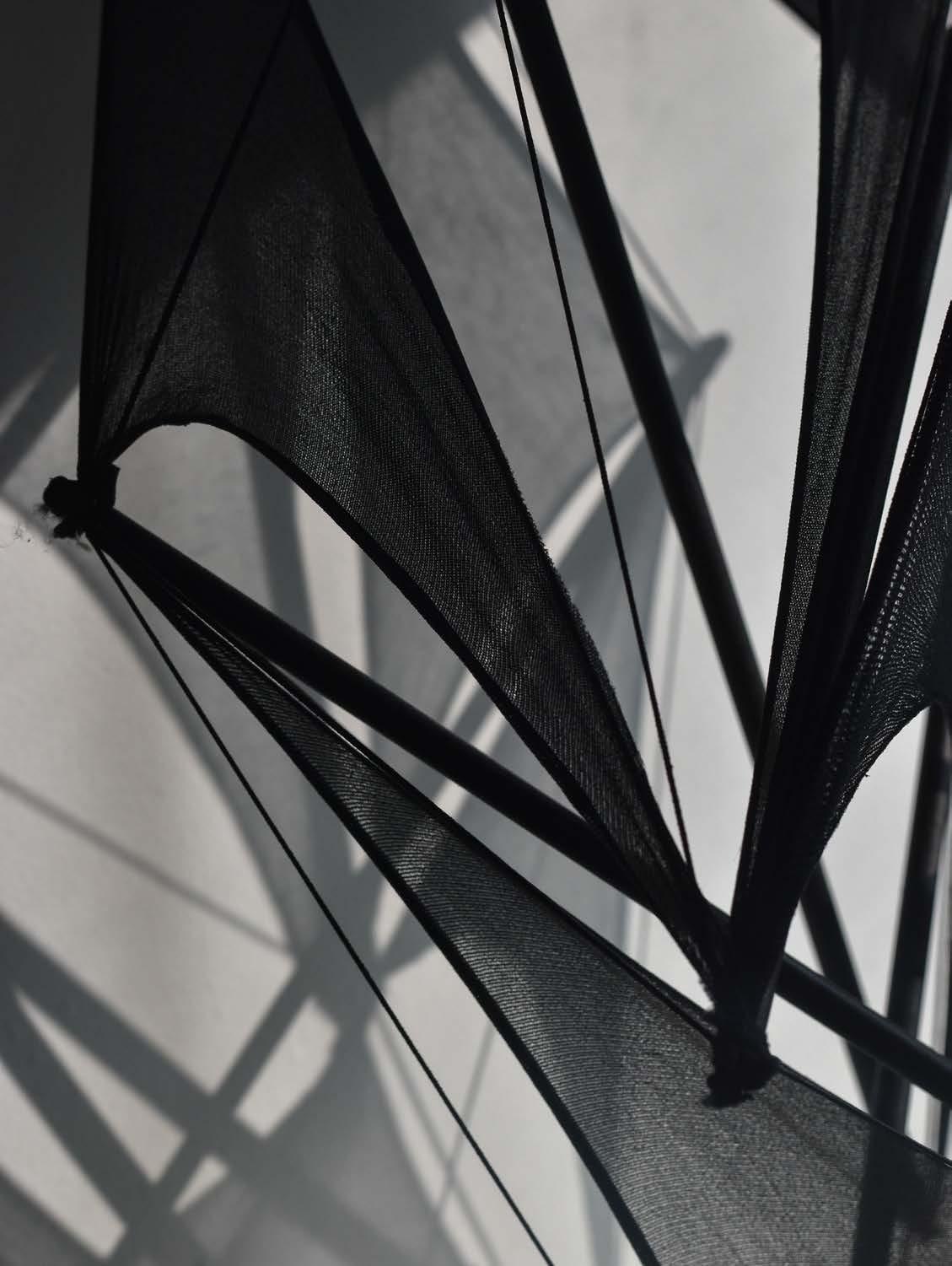
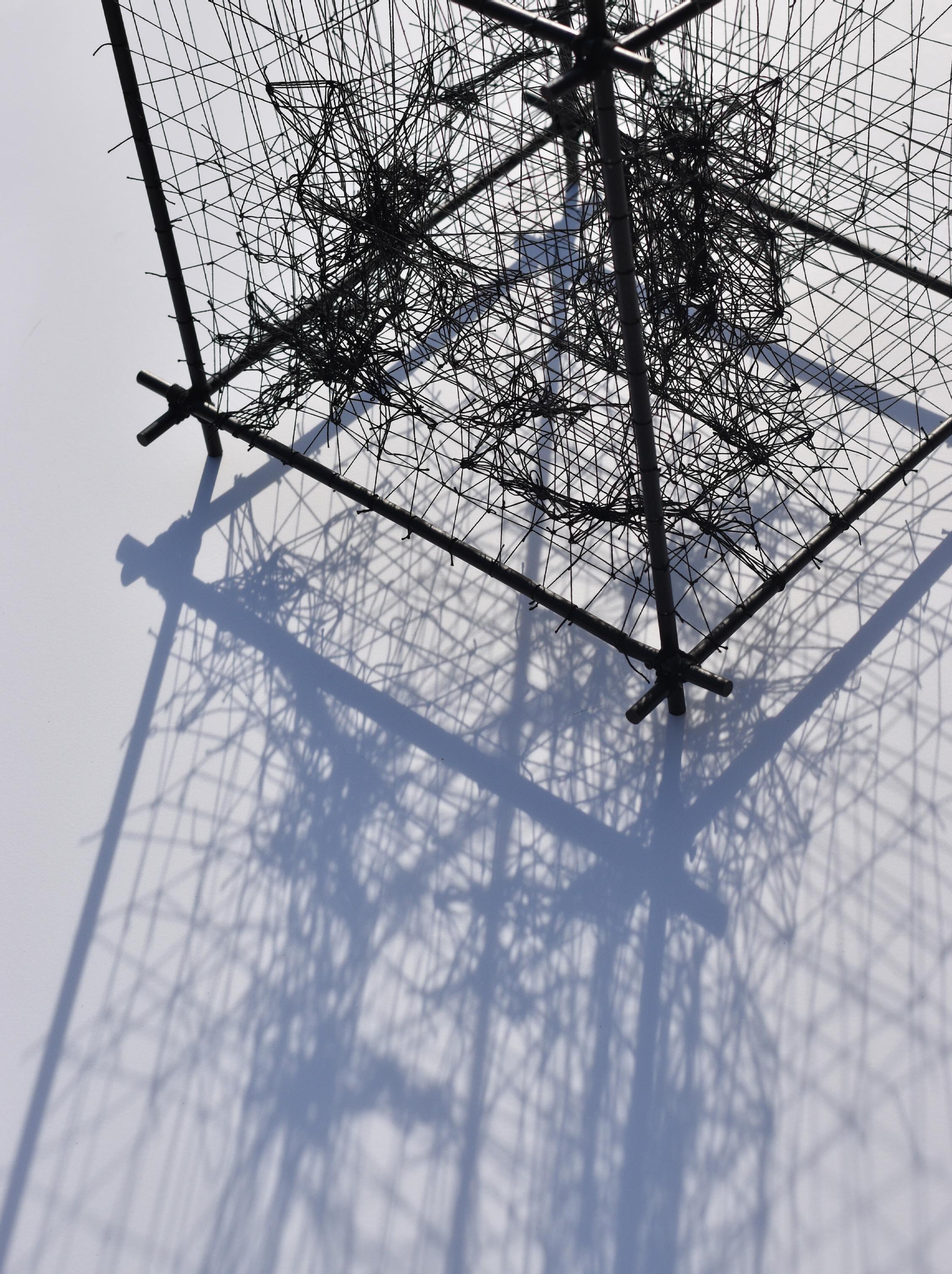
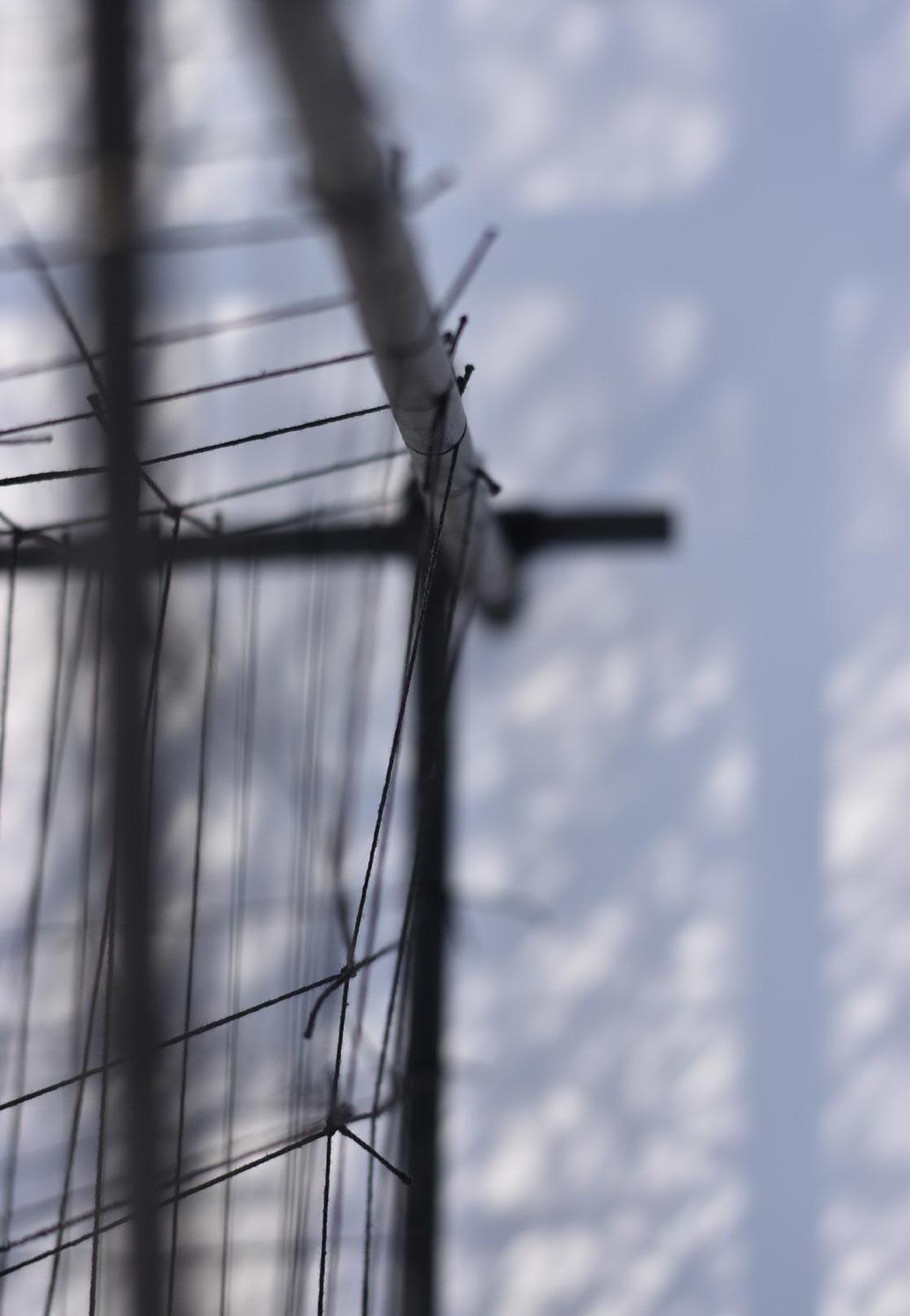
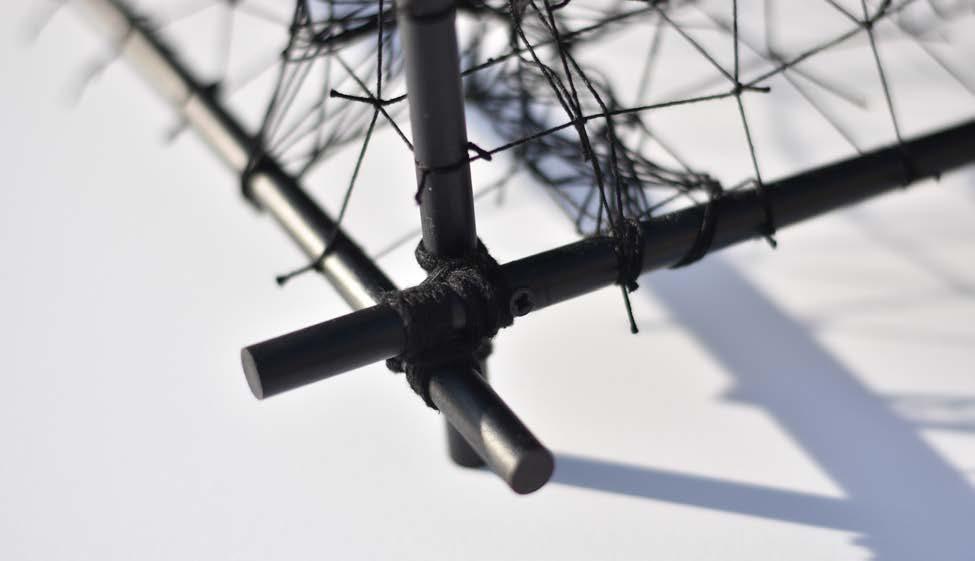

We Come Here Only To Dream
Over the course of four weeks, I meditated on the transition from Barragan’s house as a masculine shelter of refuge, to the homeplace as a site of resistance. Inspired by the surrealist works of Frida Kahlo and Salvador Dali who used surrealism to reject modernism, I propose a new typology specifically for daydreams. On the outskirts of the city, a small bit of earth is hoisted up into the stars, and occupies the airspace above the domestic realm. Similar to the idea of the new cable car, the ground plane is rendered as cluttered with congestion, unaffordability, and labor. The only ability to escape into the dreamworld, to take a breath, to lay with the one you love, is to escape up into the clouds. Unattached to capital, and domesticity, the sleeping platforms only server one function and are always available for public use. Meditating on this theoretical framework, I pushed this concept within a brief exercise in my studio course when asked to design a room on a lake with local materials.
Critic: Tatiana Bilbao
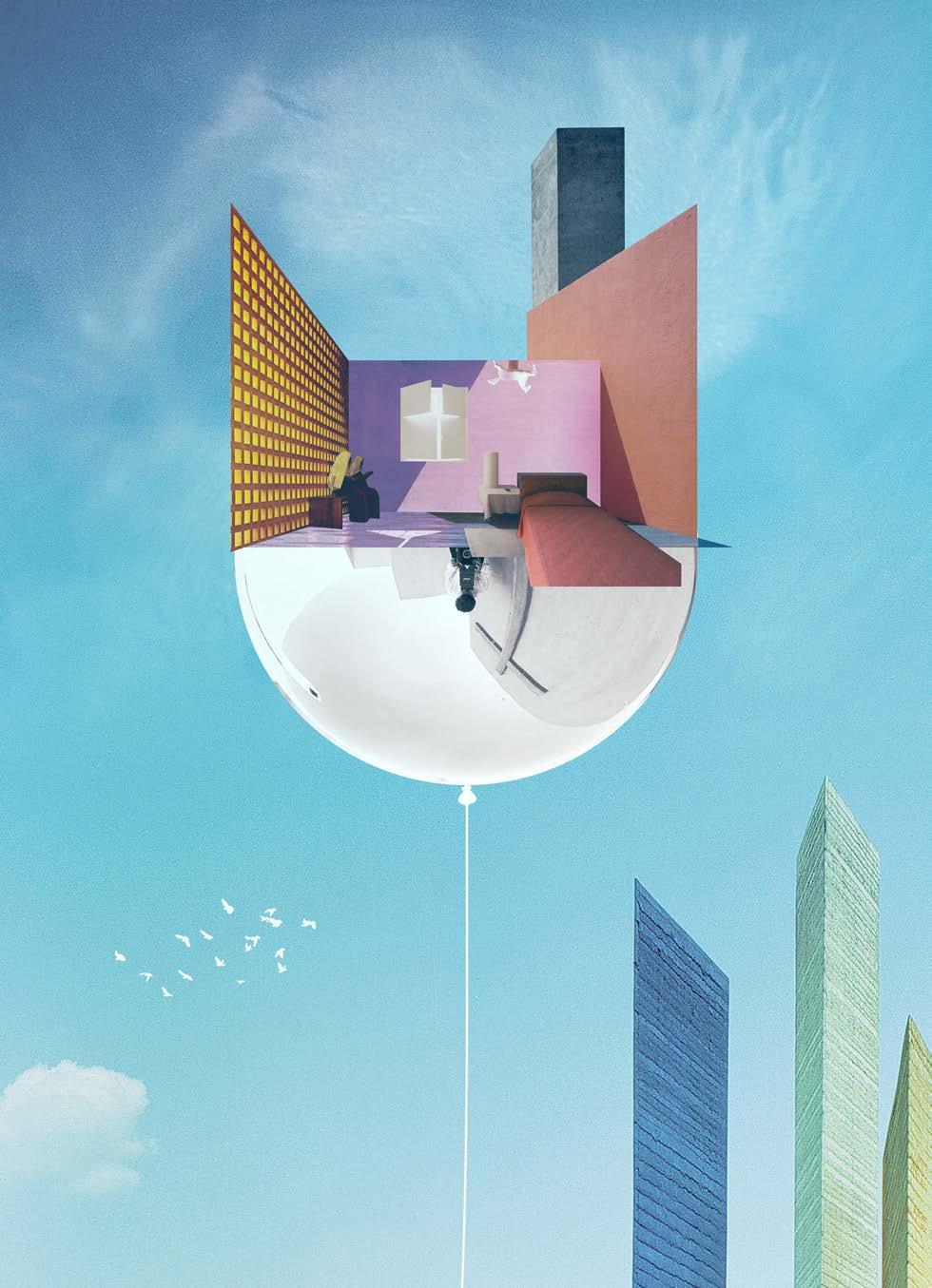
Critic: Francis Kéré & Martin Finio

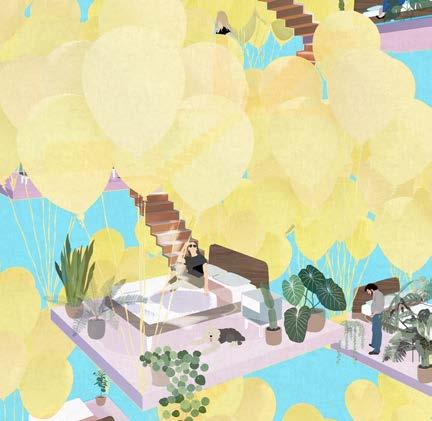
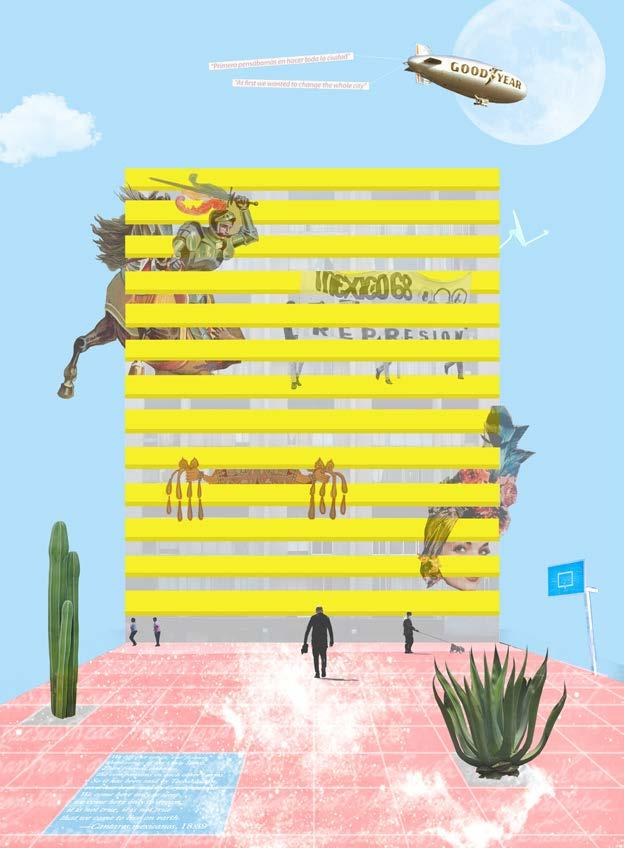
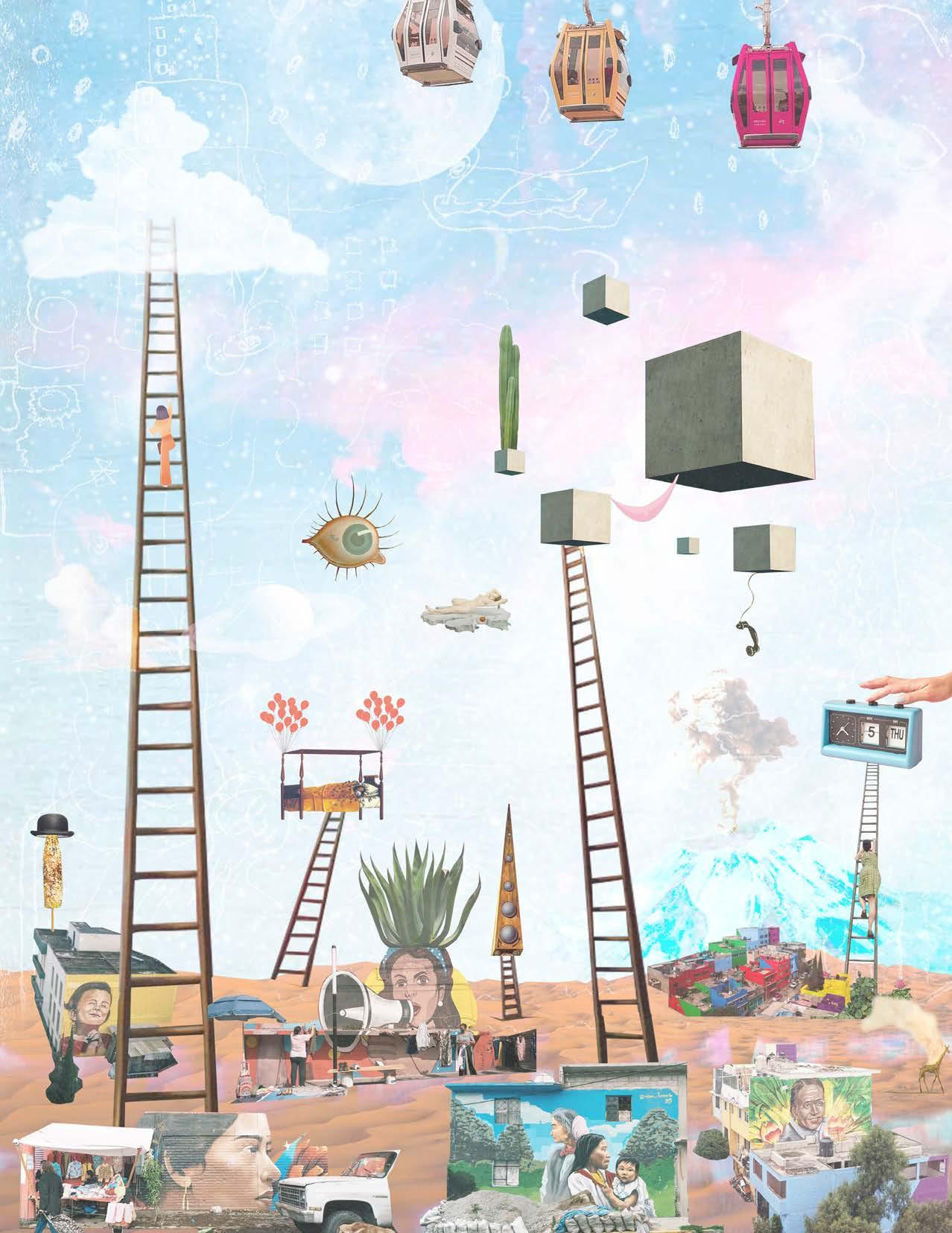
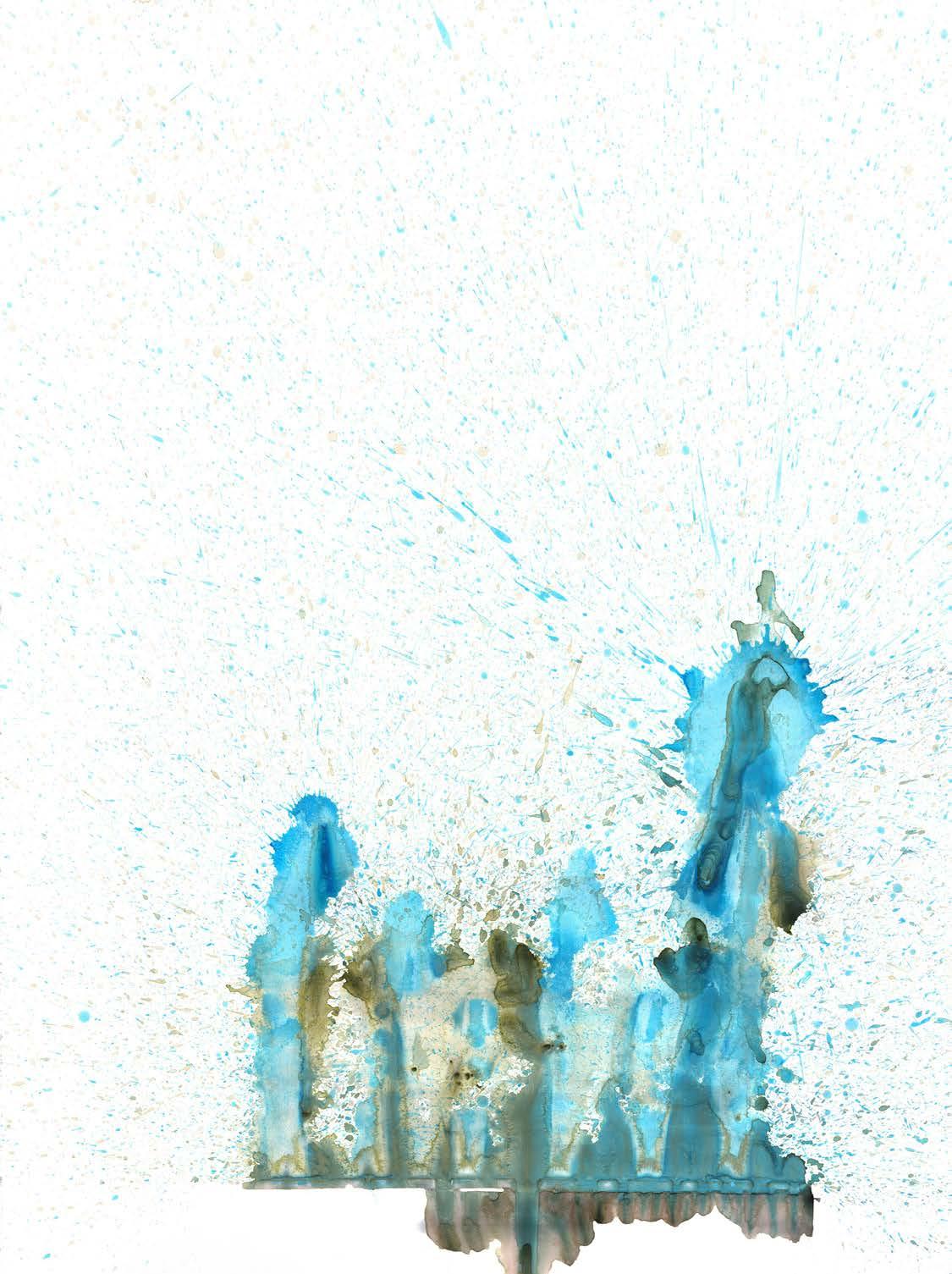
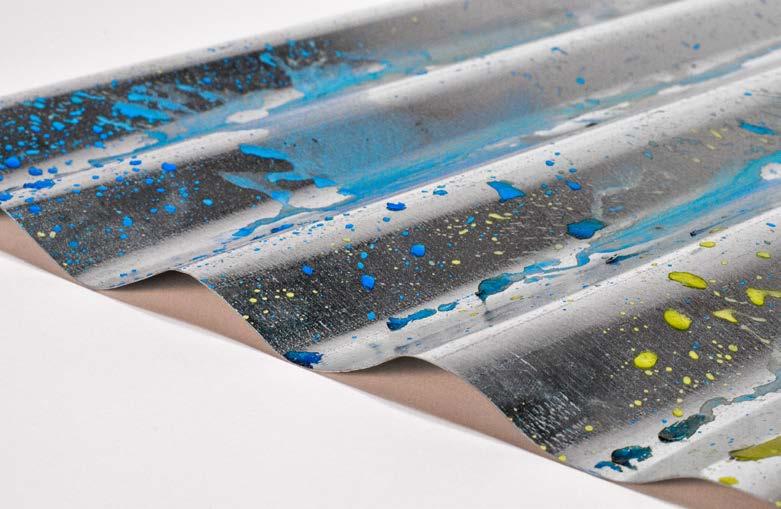

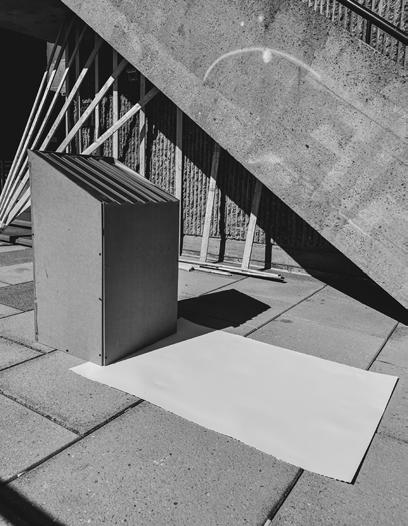
Cosanti Bell 9

This project was specially commissioned by a local hospital who wanted patients to celebrate the end of their chemotherapy with the ring of a bell. The bell takes inspiration from Paolo Soleri’s styrofoam produced at the end of his life and archived on site. Utilizing his old hand tools, the bell was hand carved in styrofoam, covered sand, and casted with aluminum.
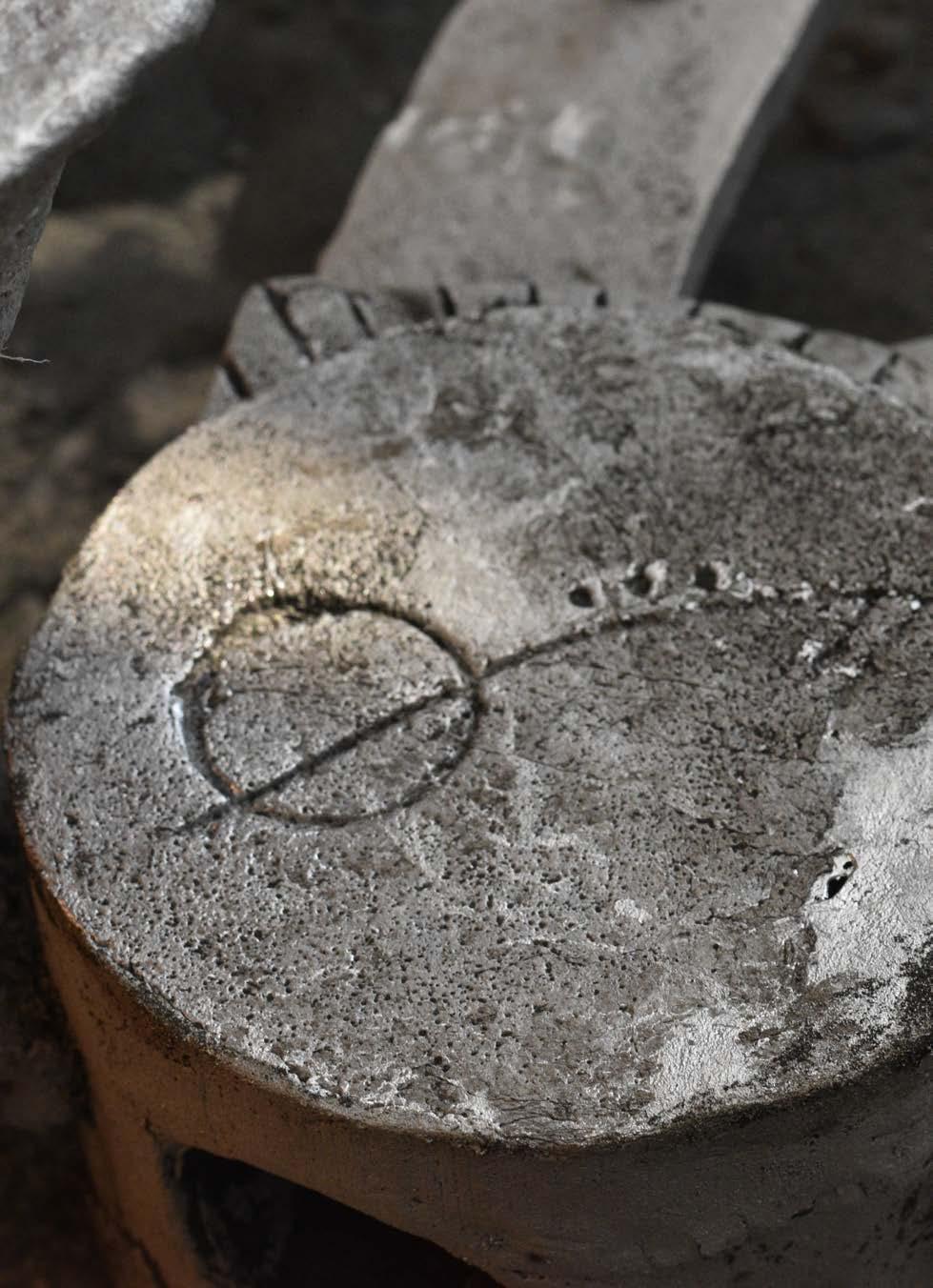
Firm: Cosanti
Client: Banner Hospital


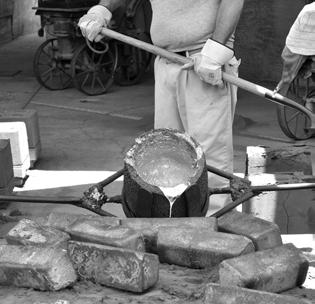


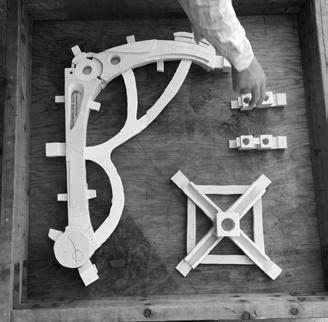

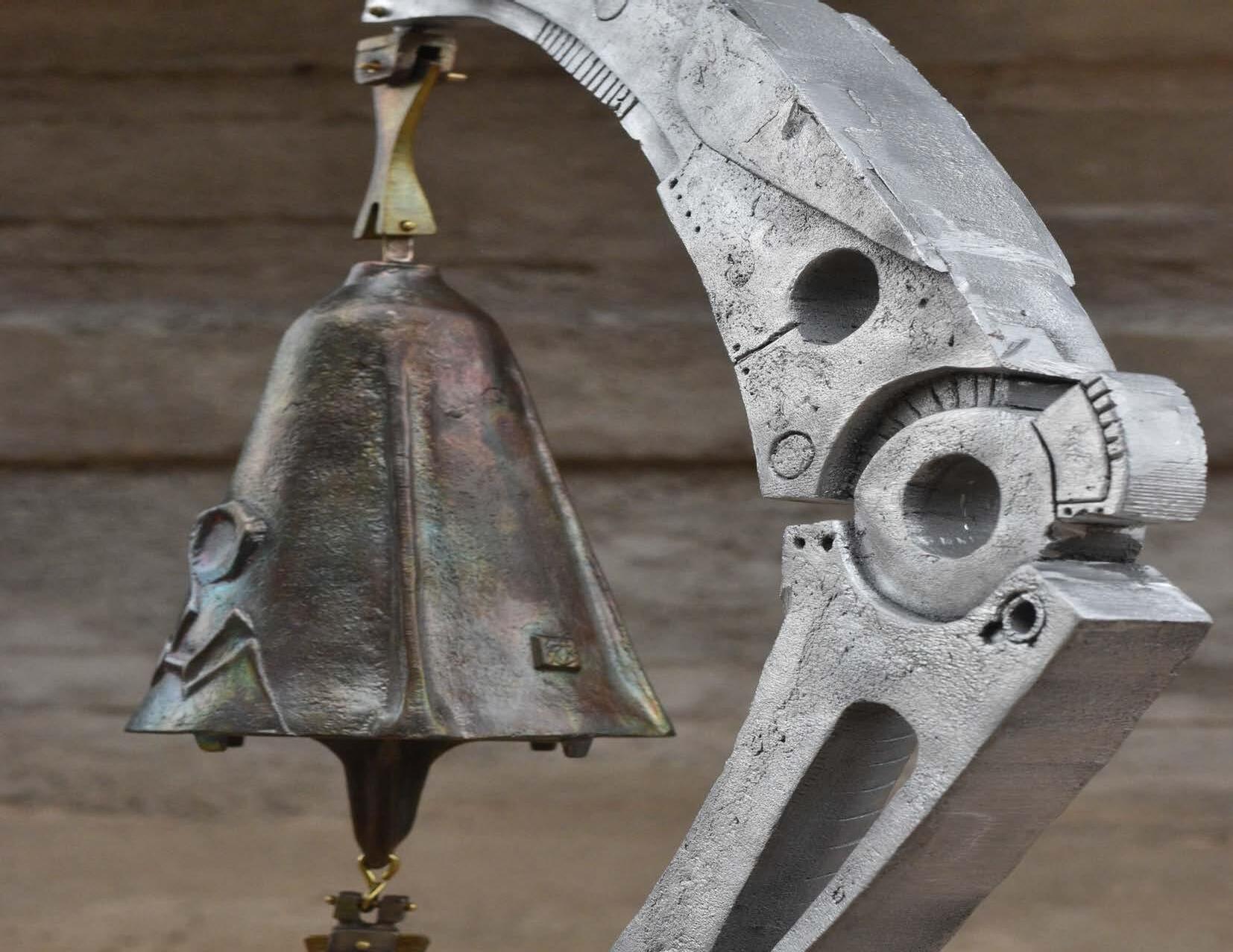
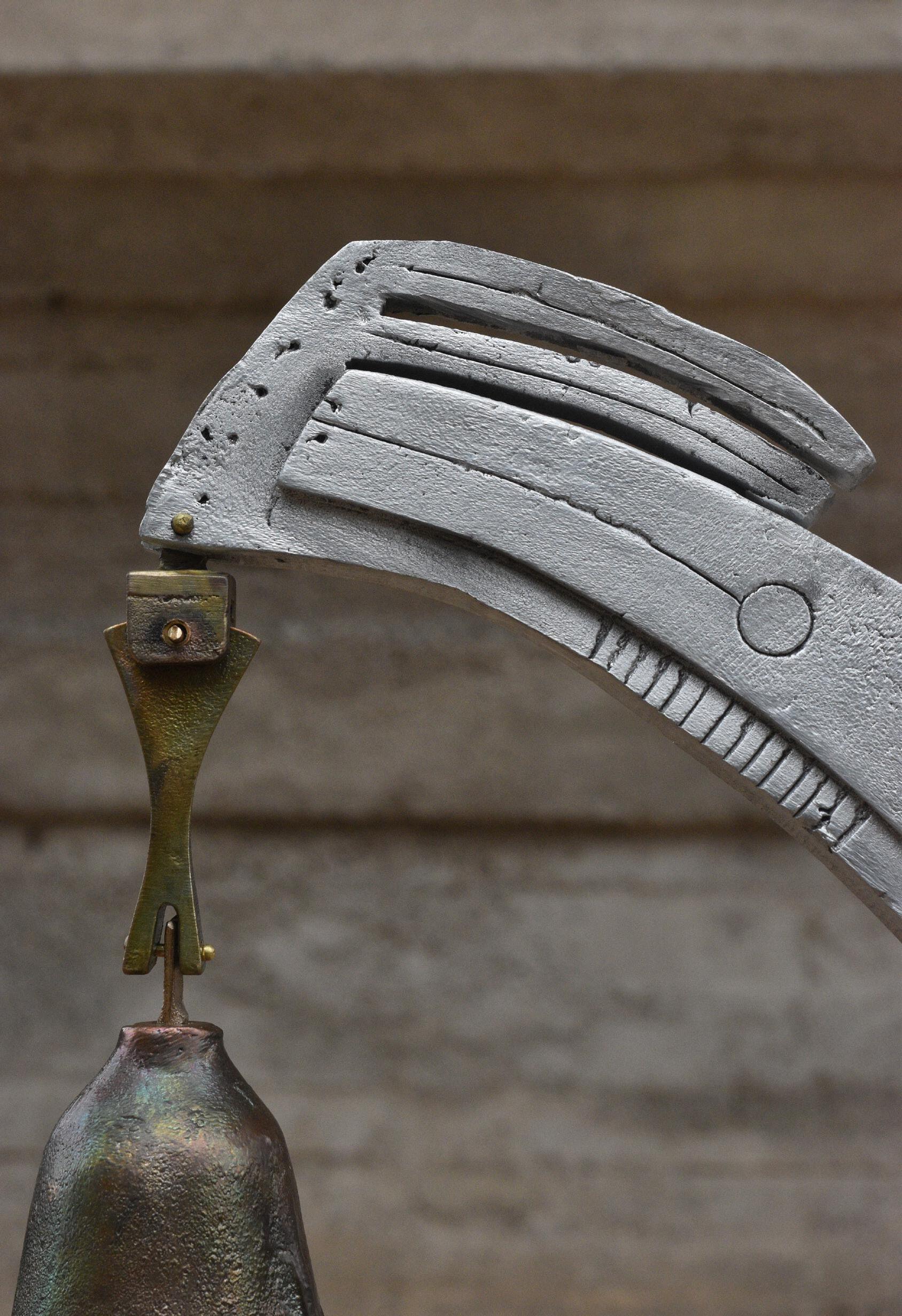
Camelback Yard 10
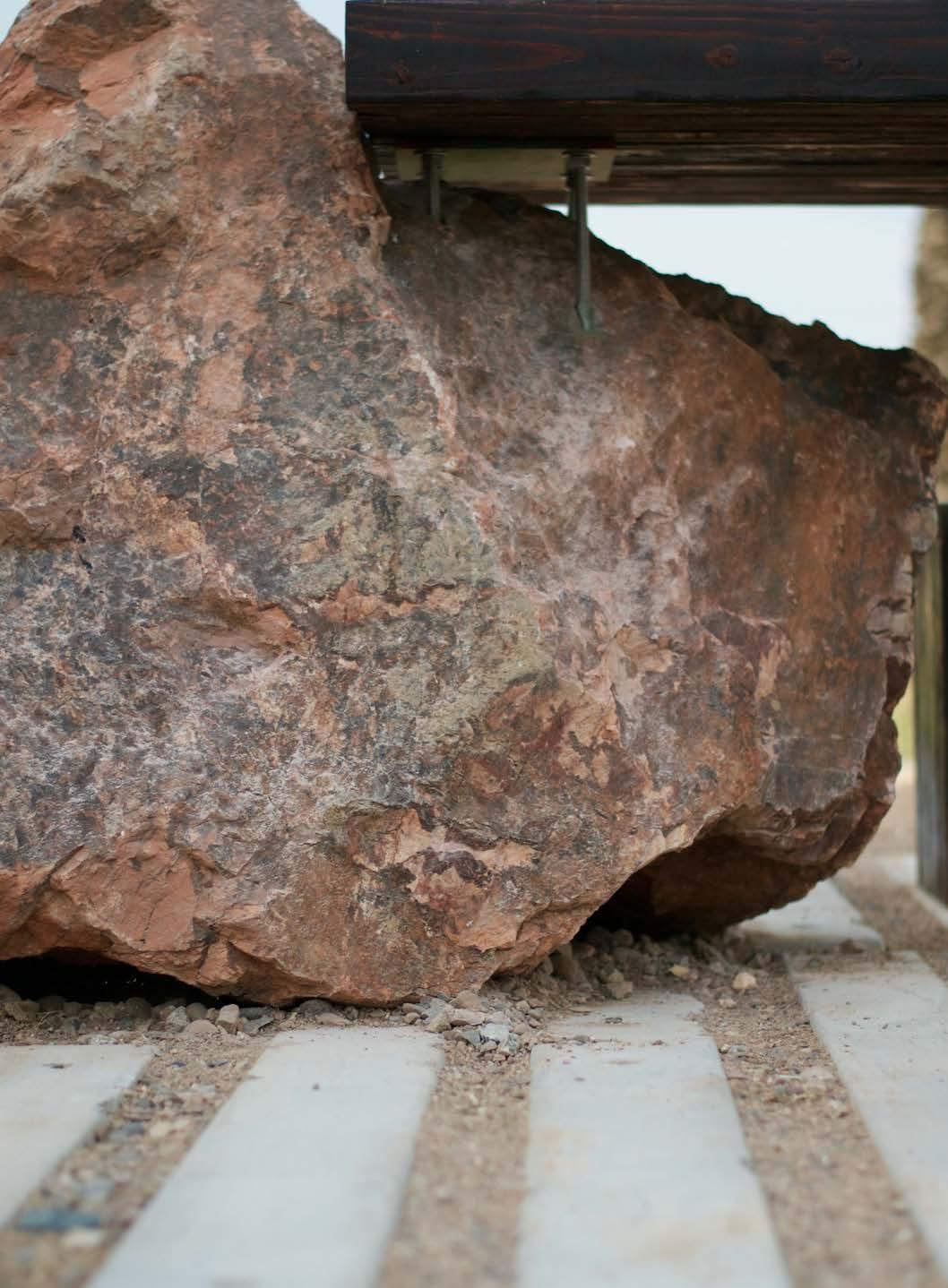
CamelBackyard is an independent volunteer project that reclaims a vacant lot in the heart of Downtown Phoenix. Our team utilized design to support the International Rescue Committee’s vision of harvesting, prepping, storing, and selling fresh produce in the heart of Phoenix. Our team started by generating concept images to get community interest for the project and to help IRC advocate for themselves. After winning a community action grant, we were able to move forward with a small design intervention on the site: a family table to catalyze future development on site. The construction of the table was made possible by coordinating a series of volunteer build days with Intel, ASU professors, and fellow architecture students.
Partners: Nicole Bone, Brandon Ramirez
Client: International Rescue Committee
